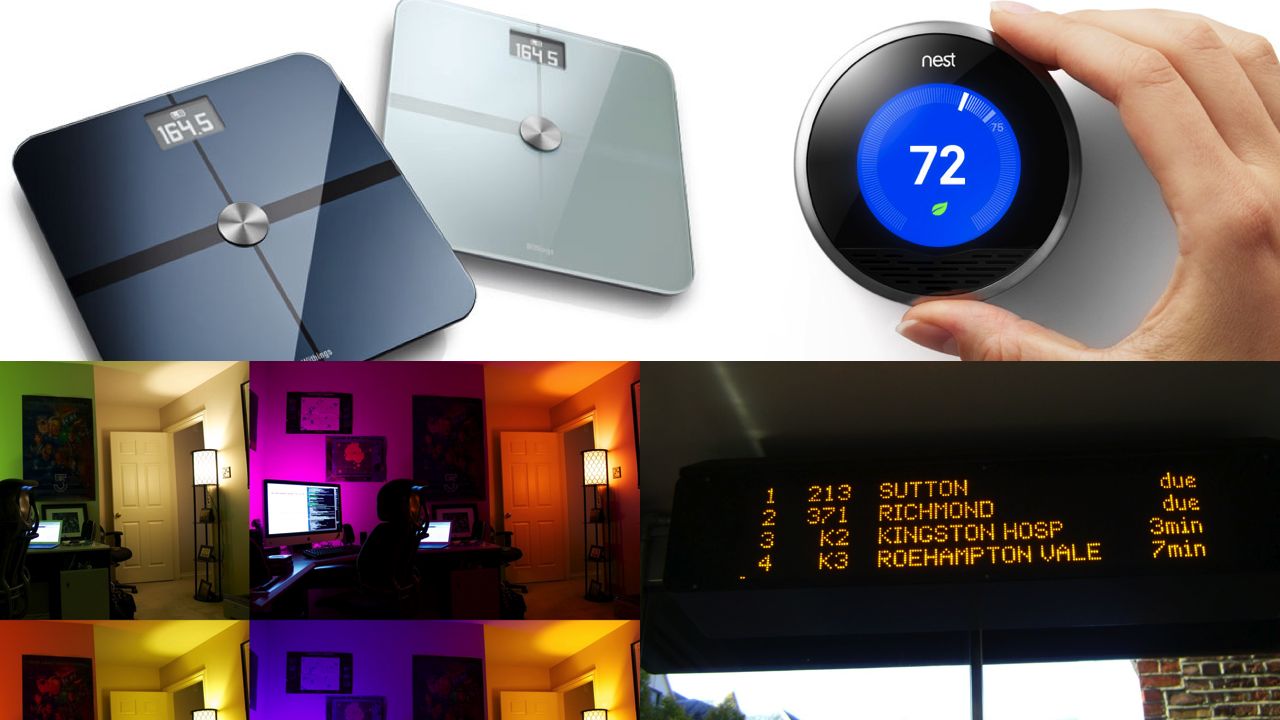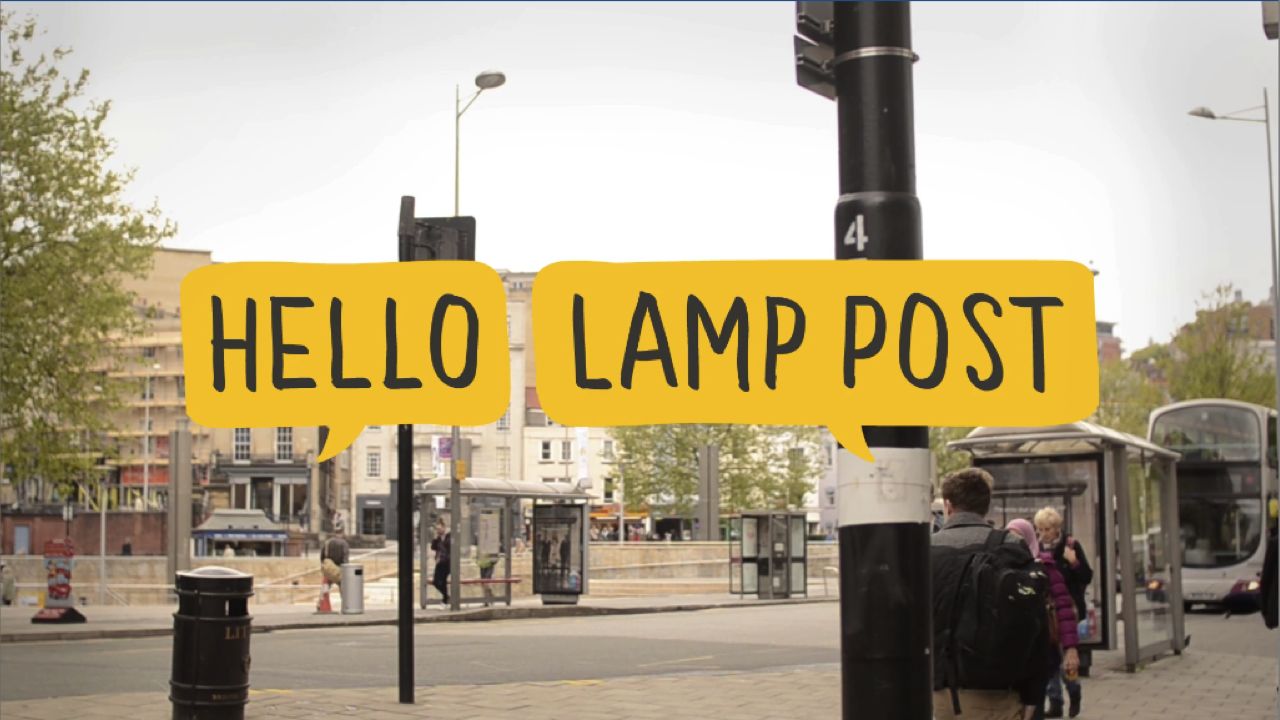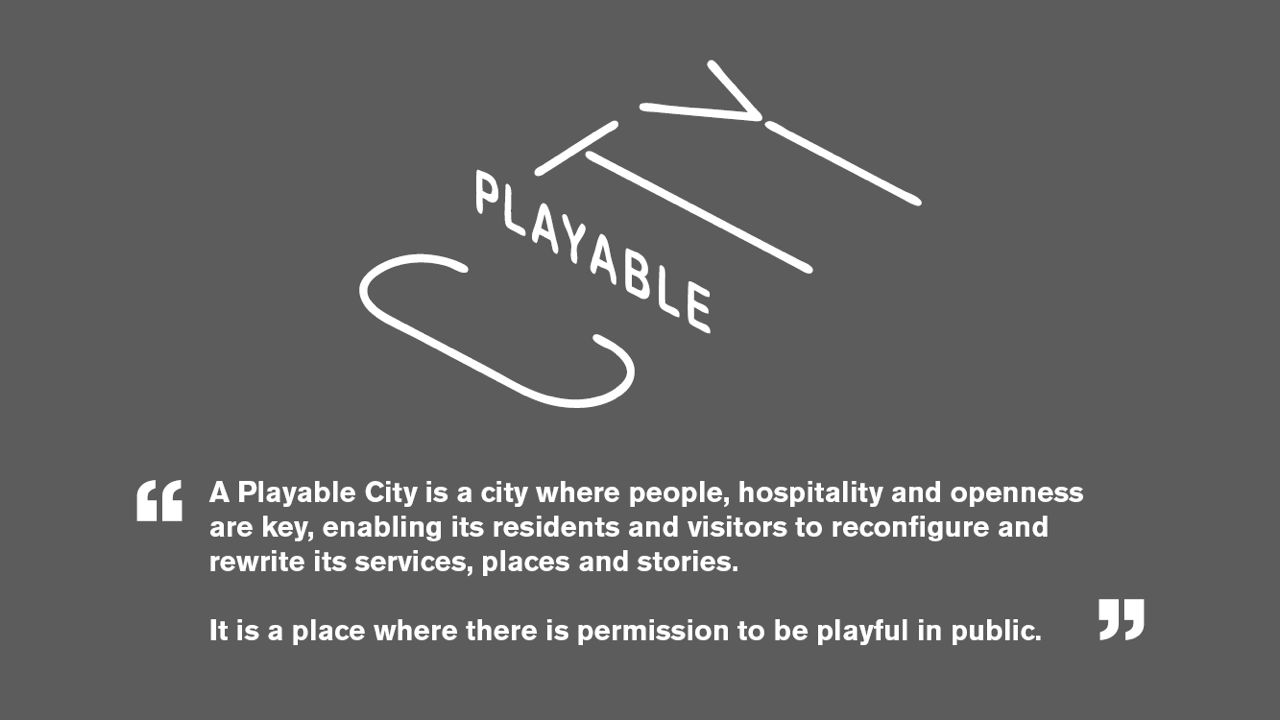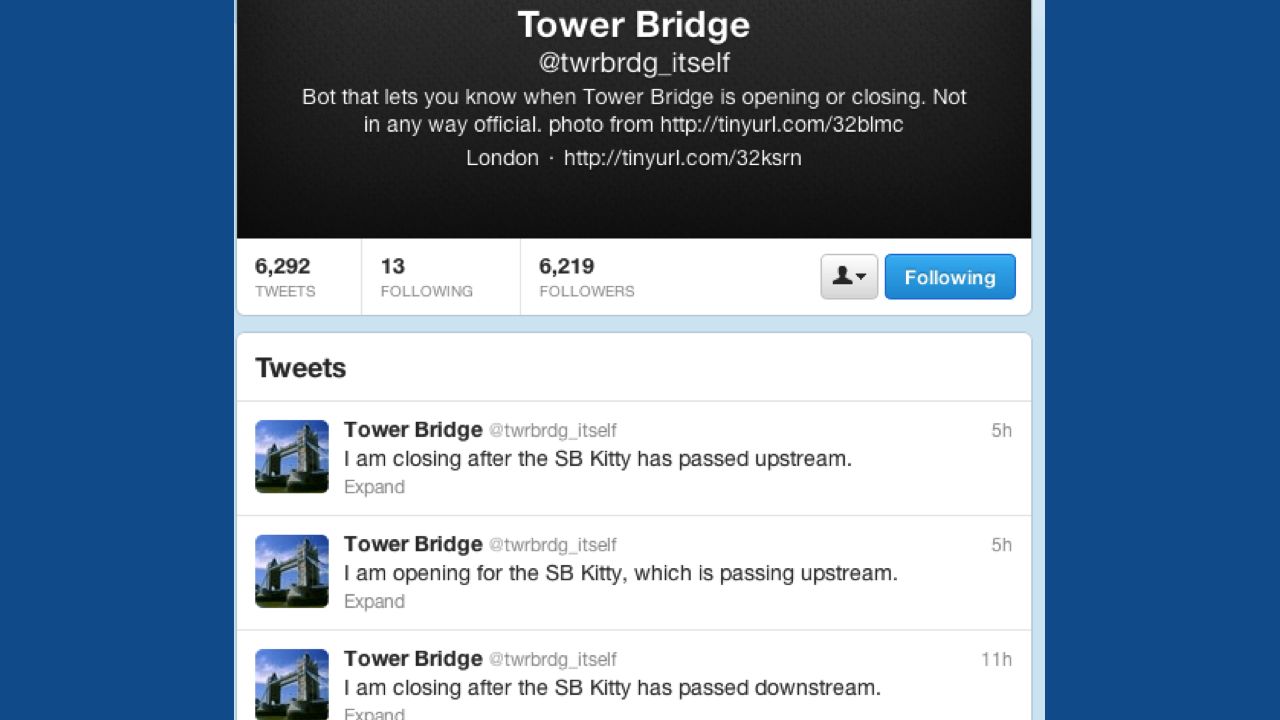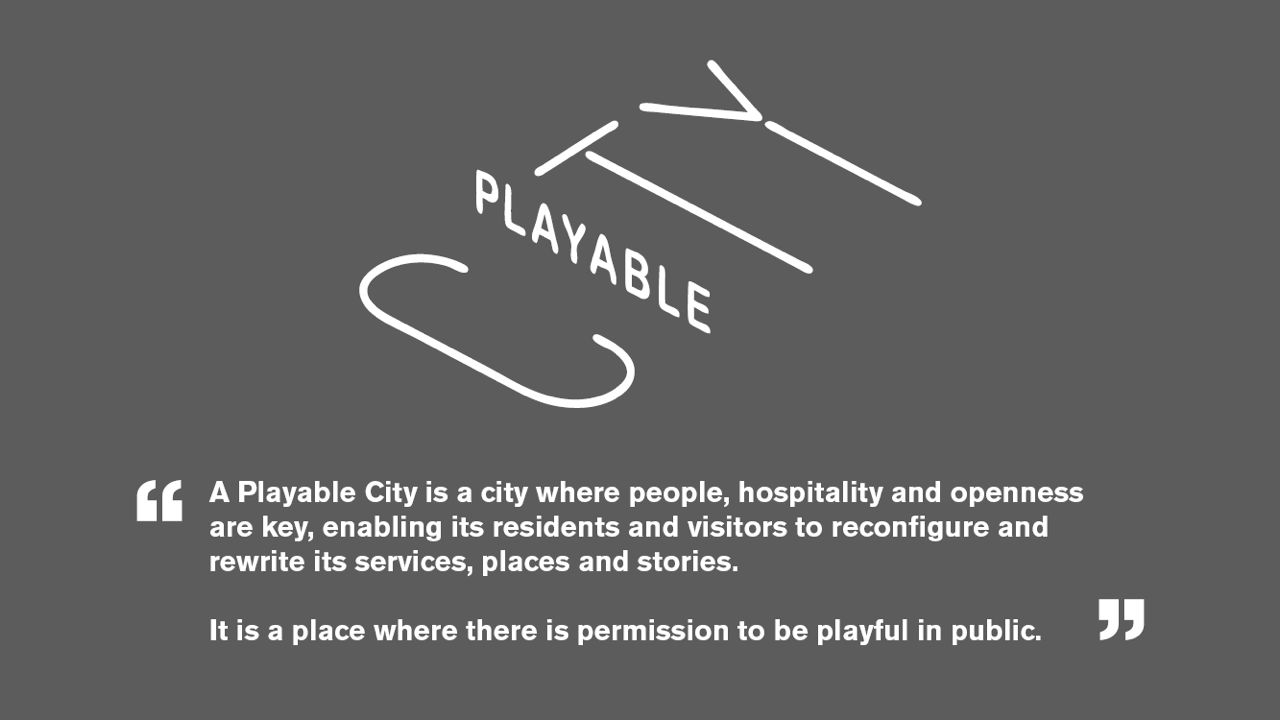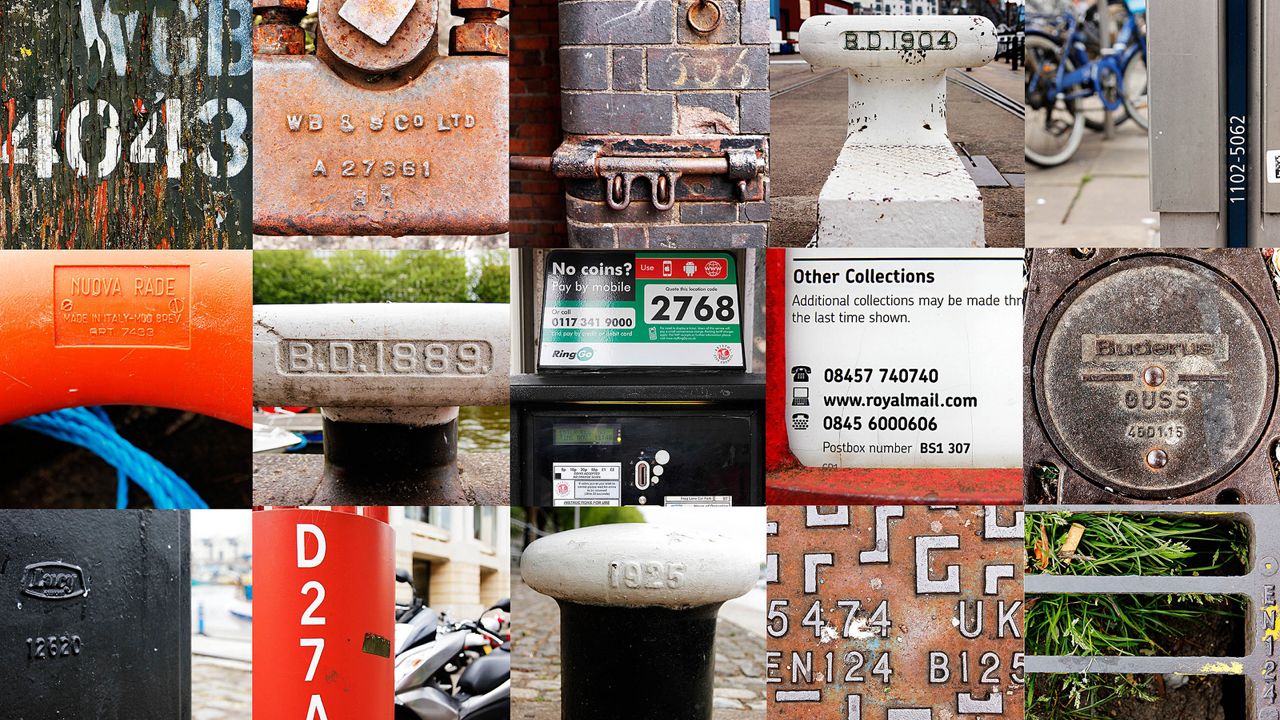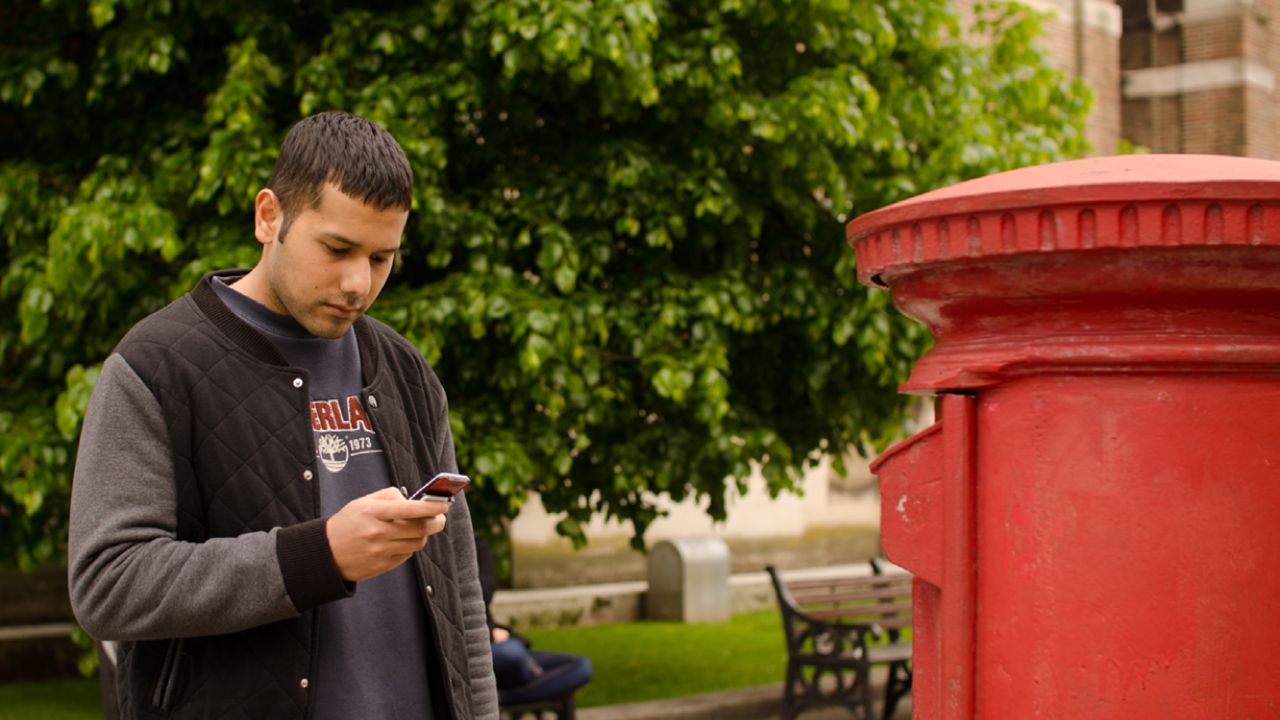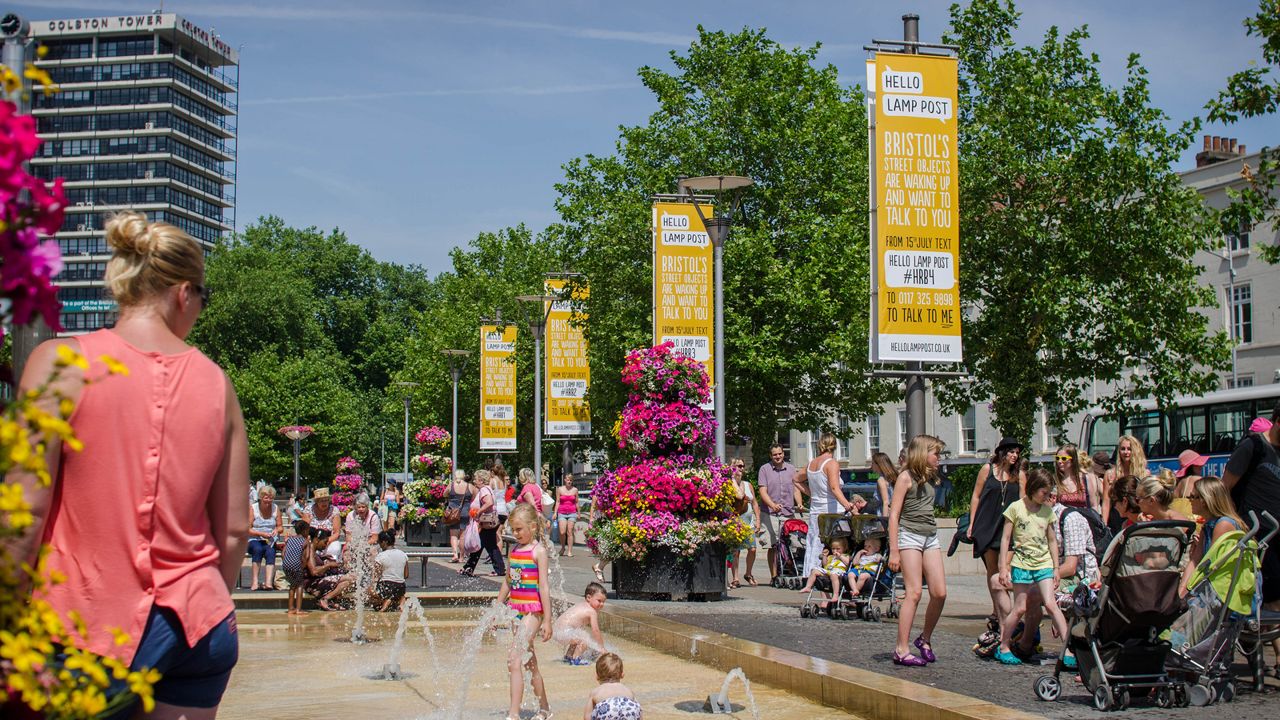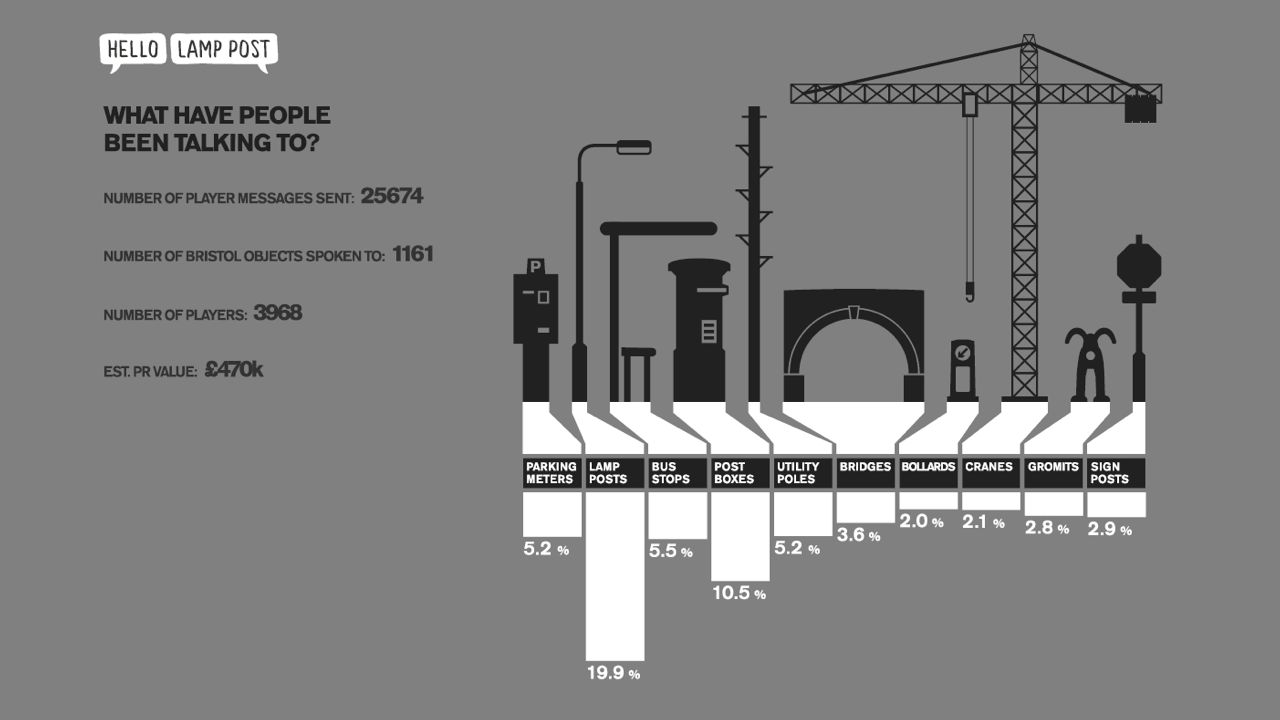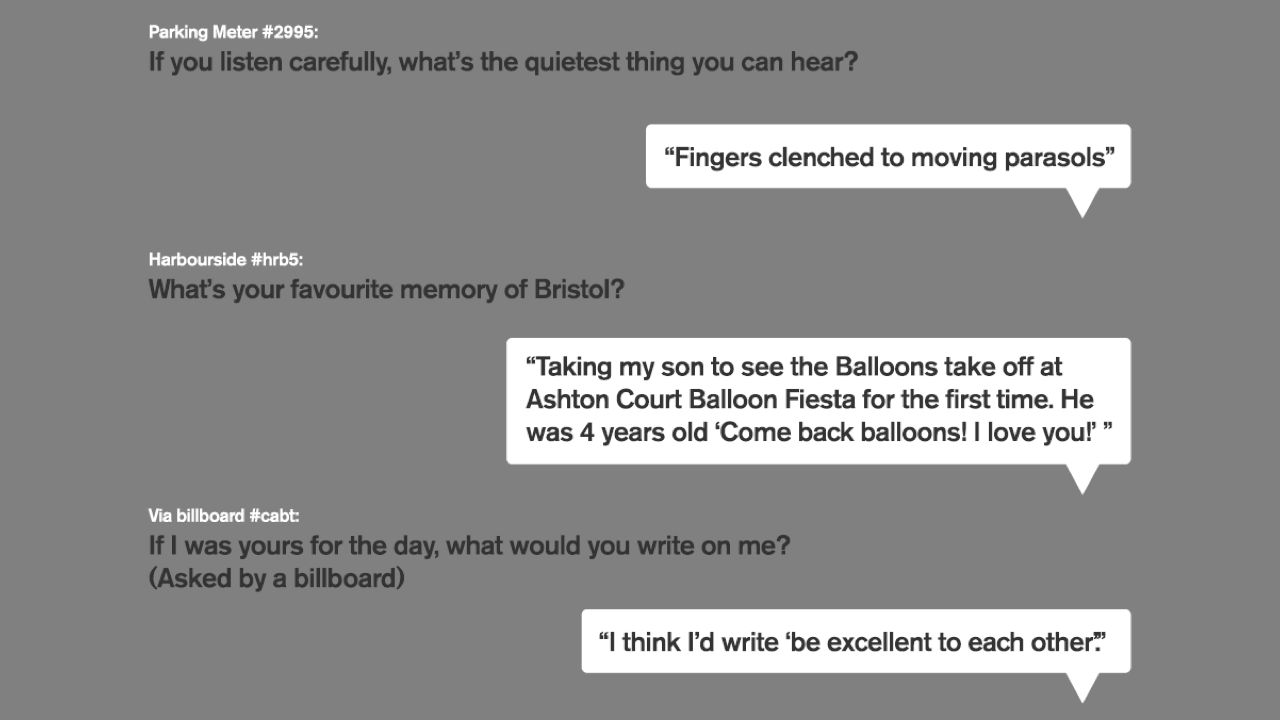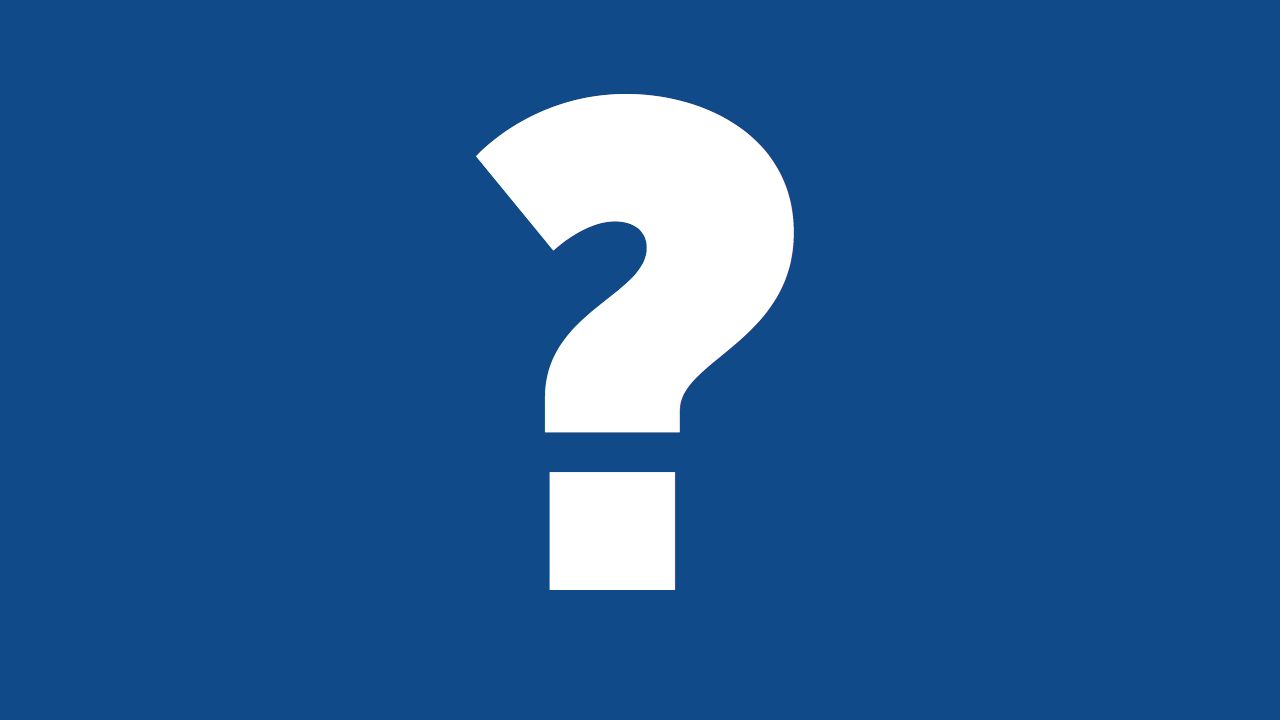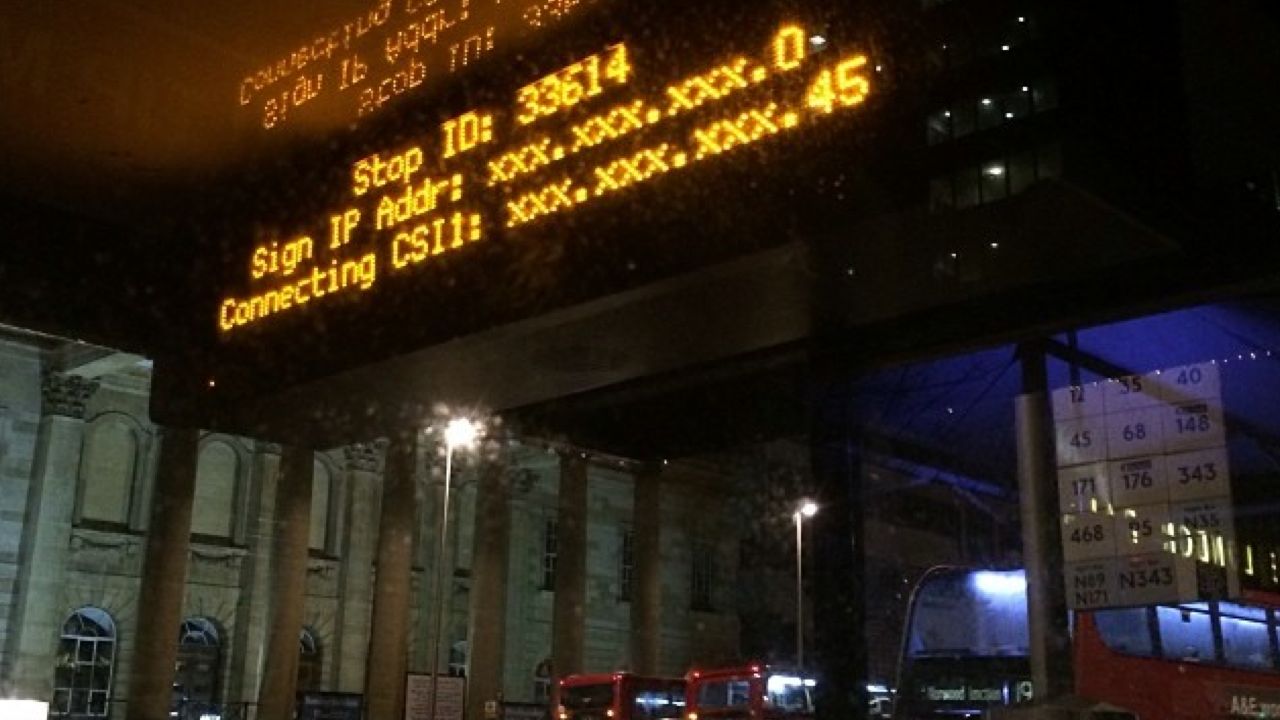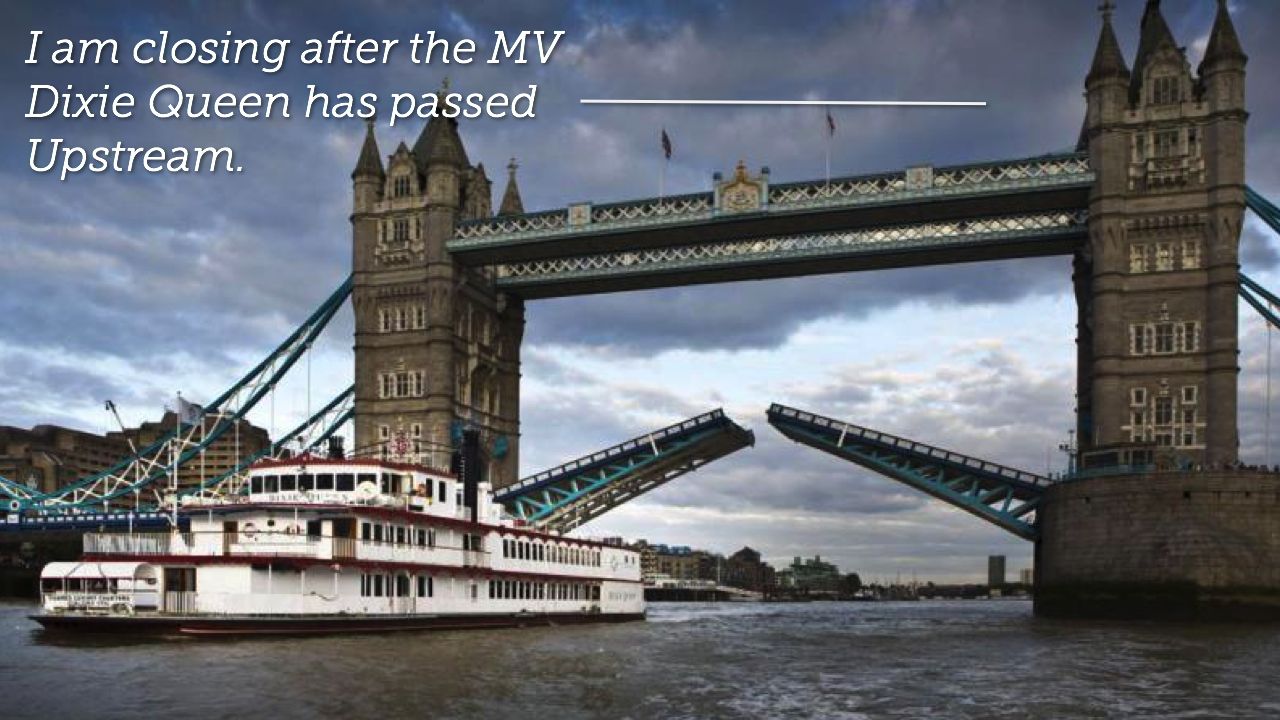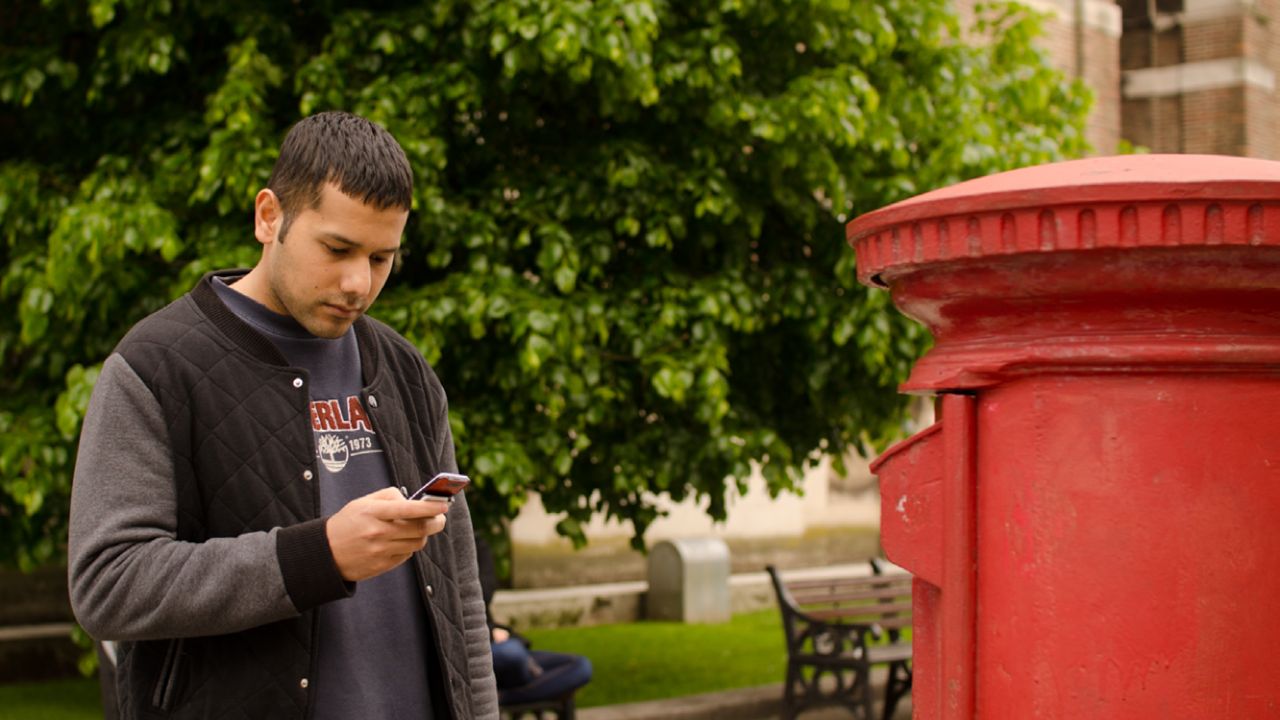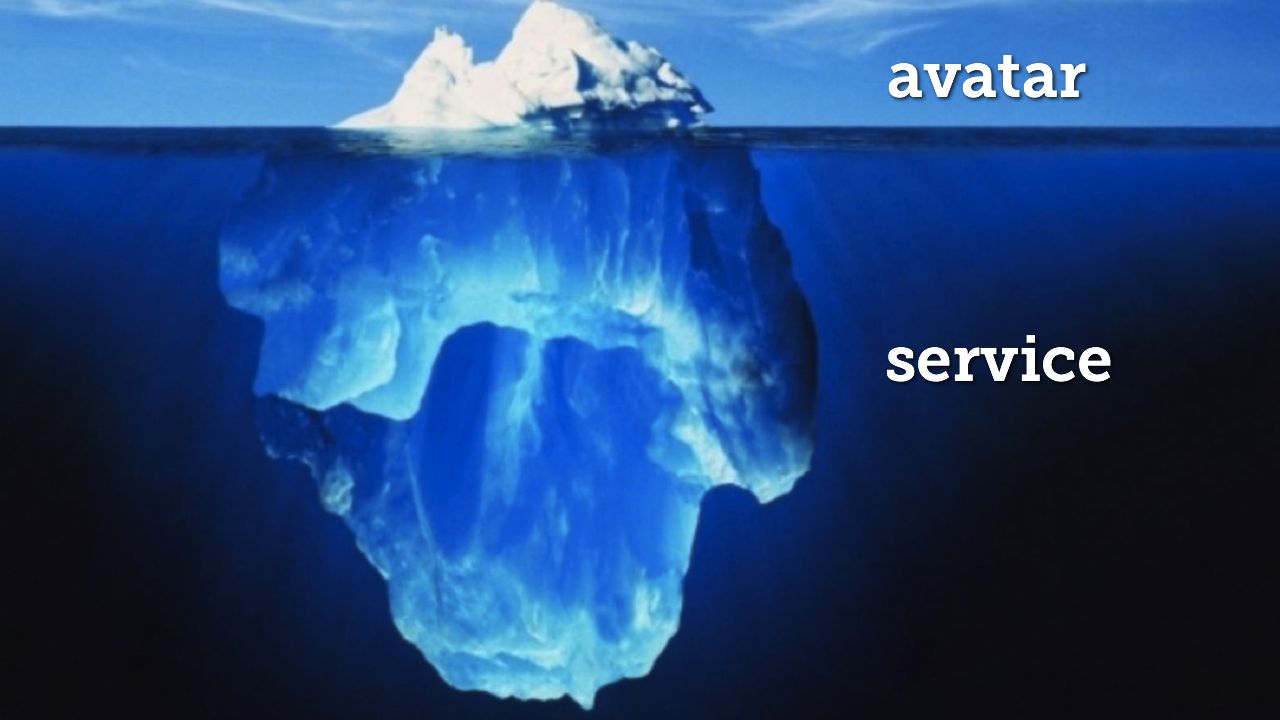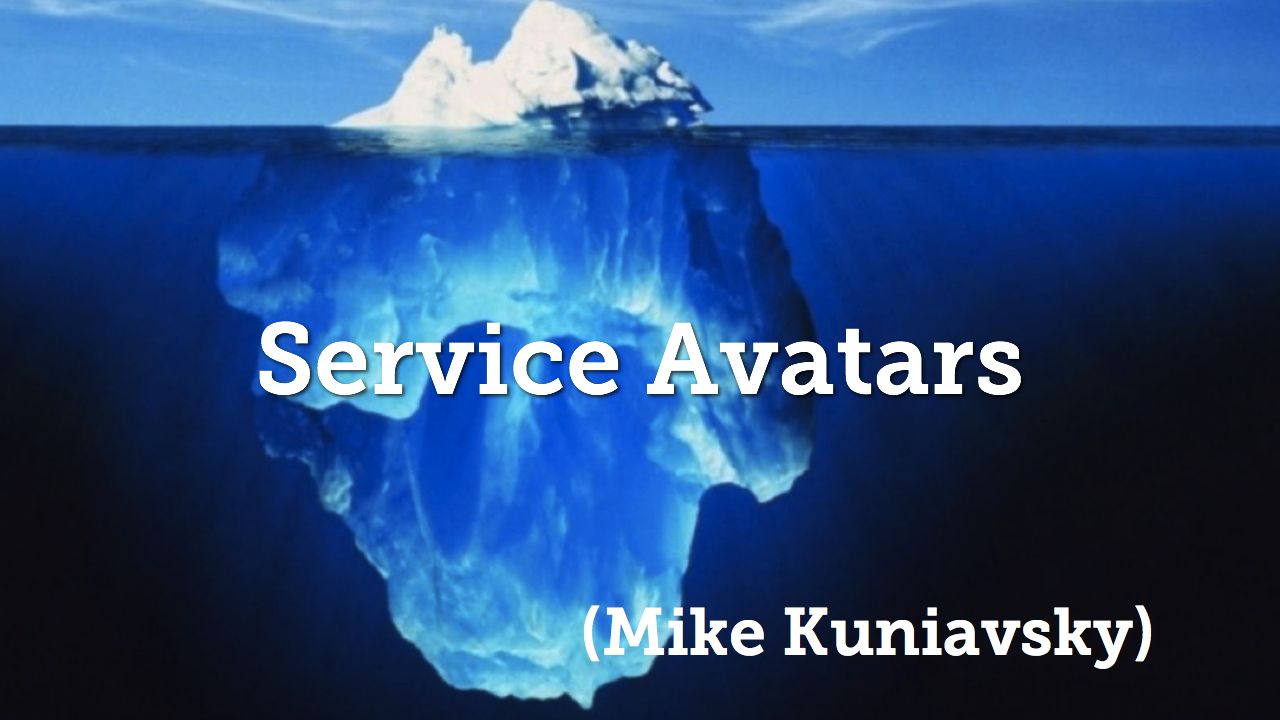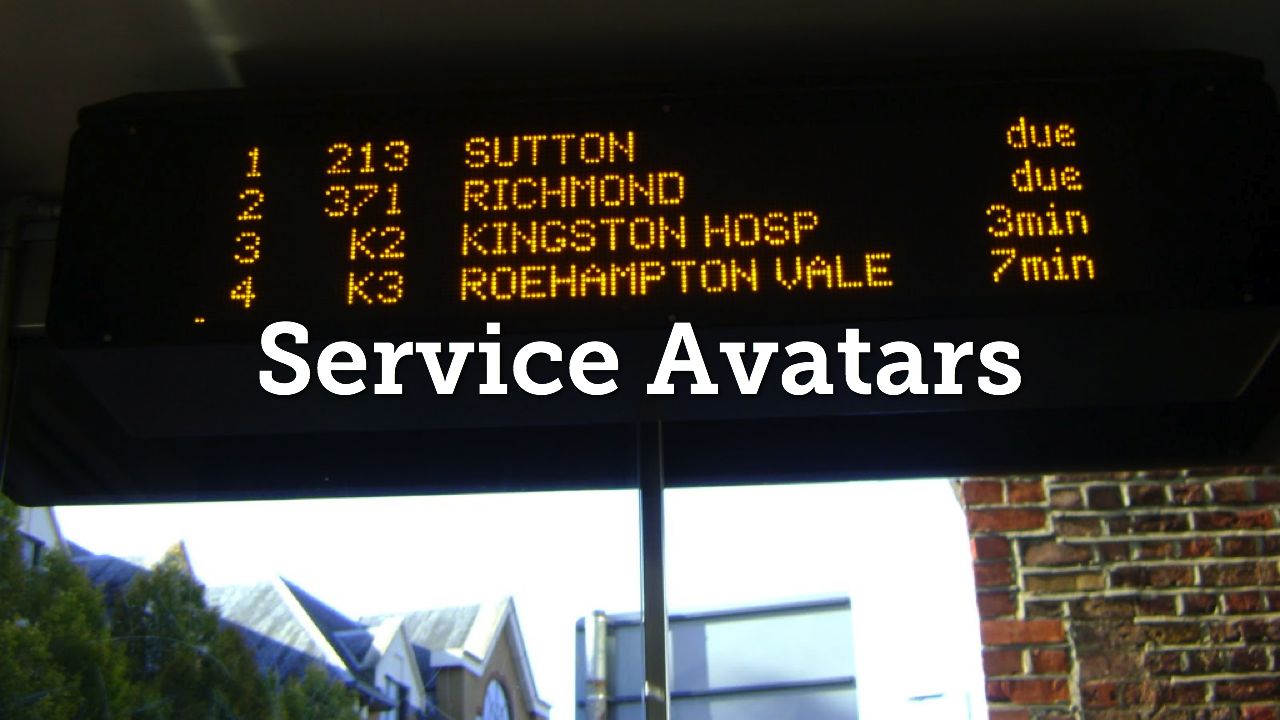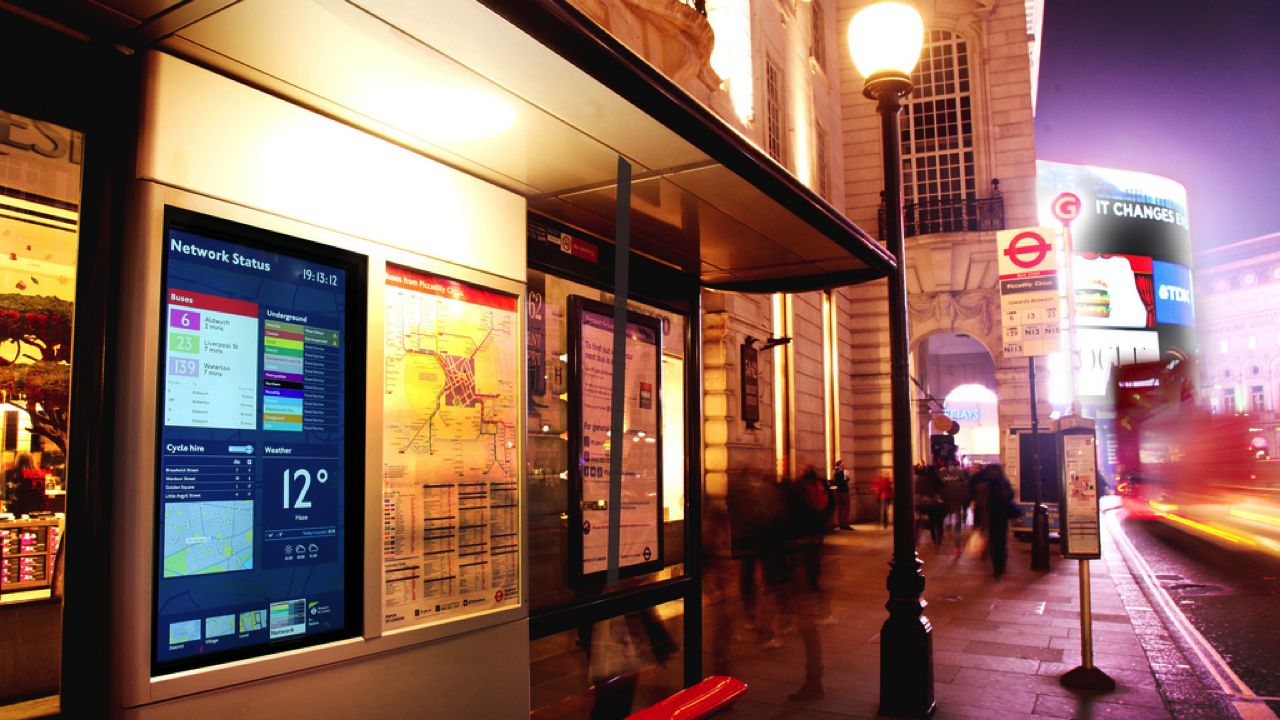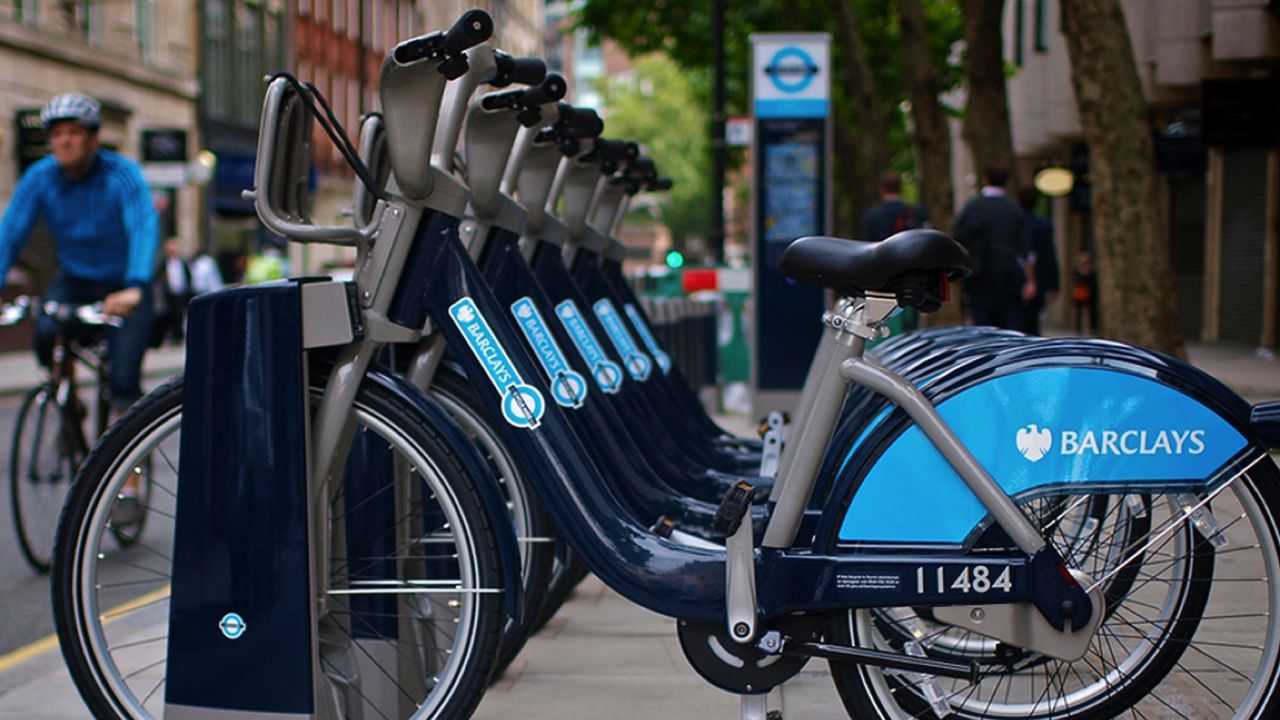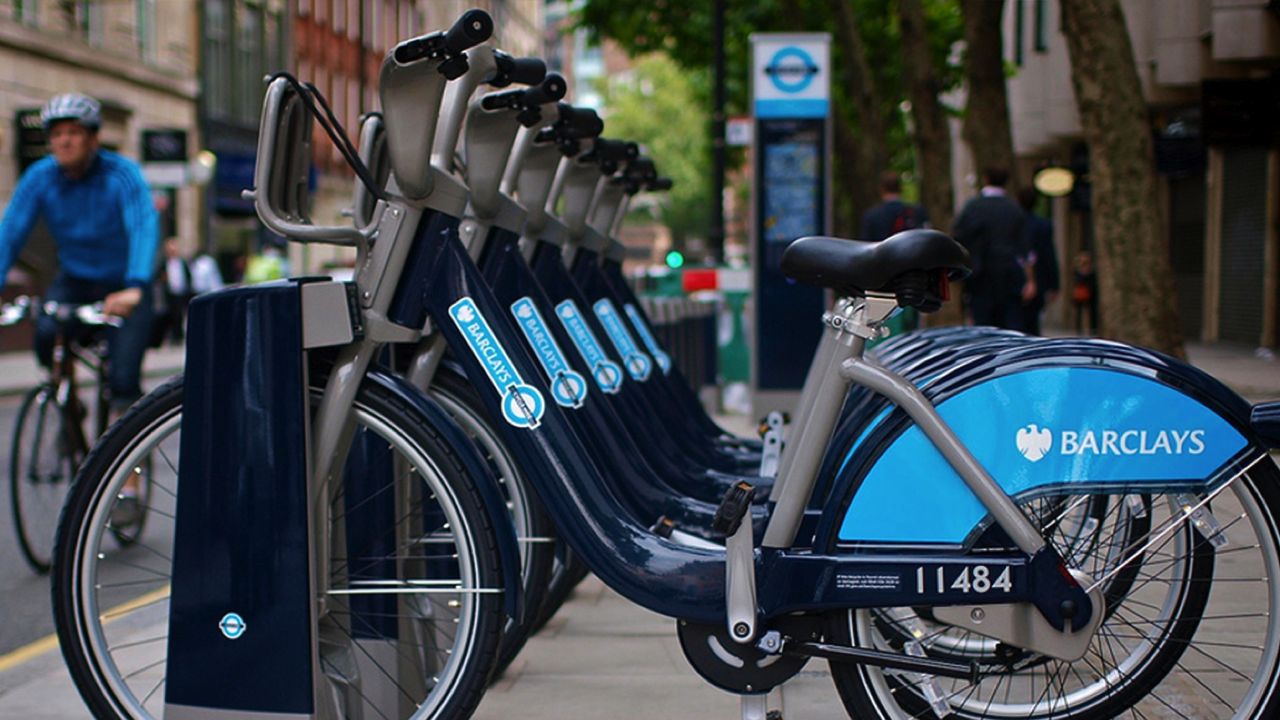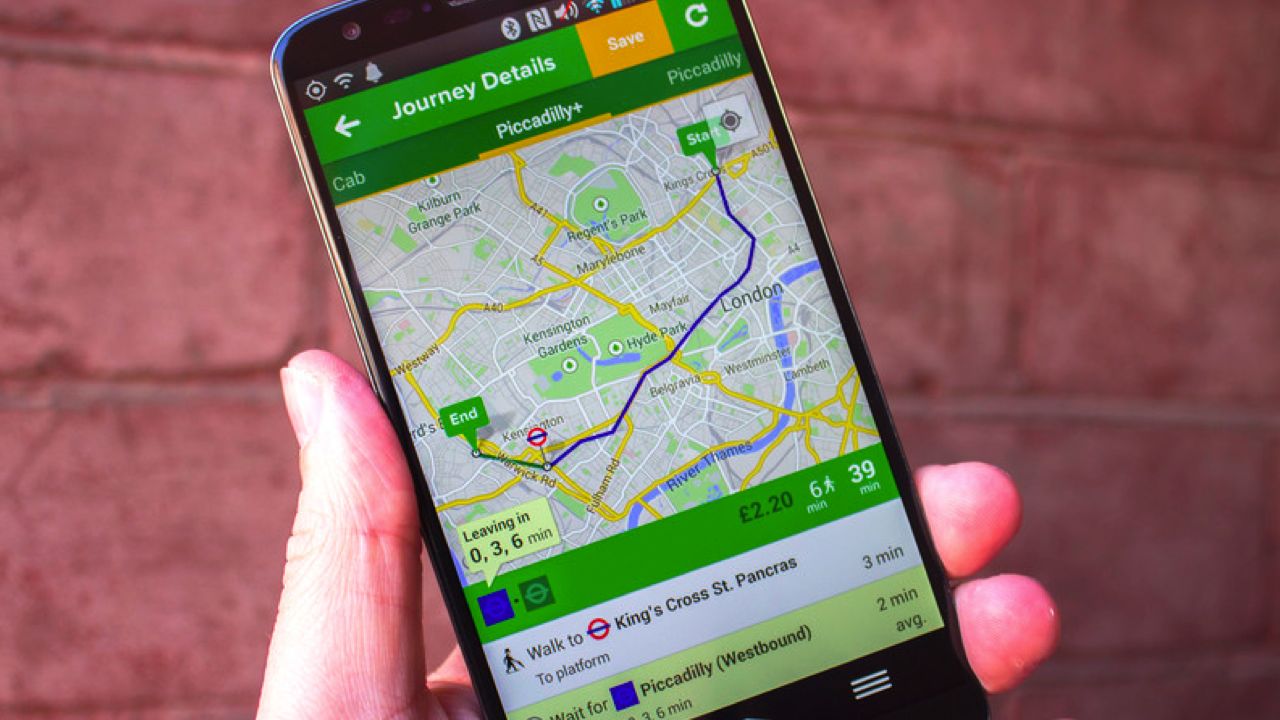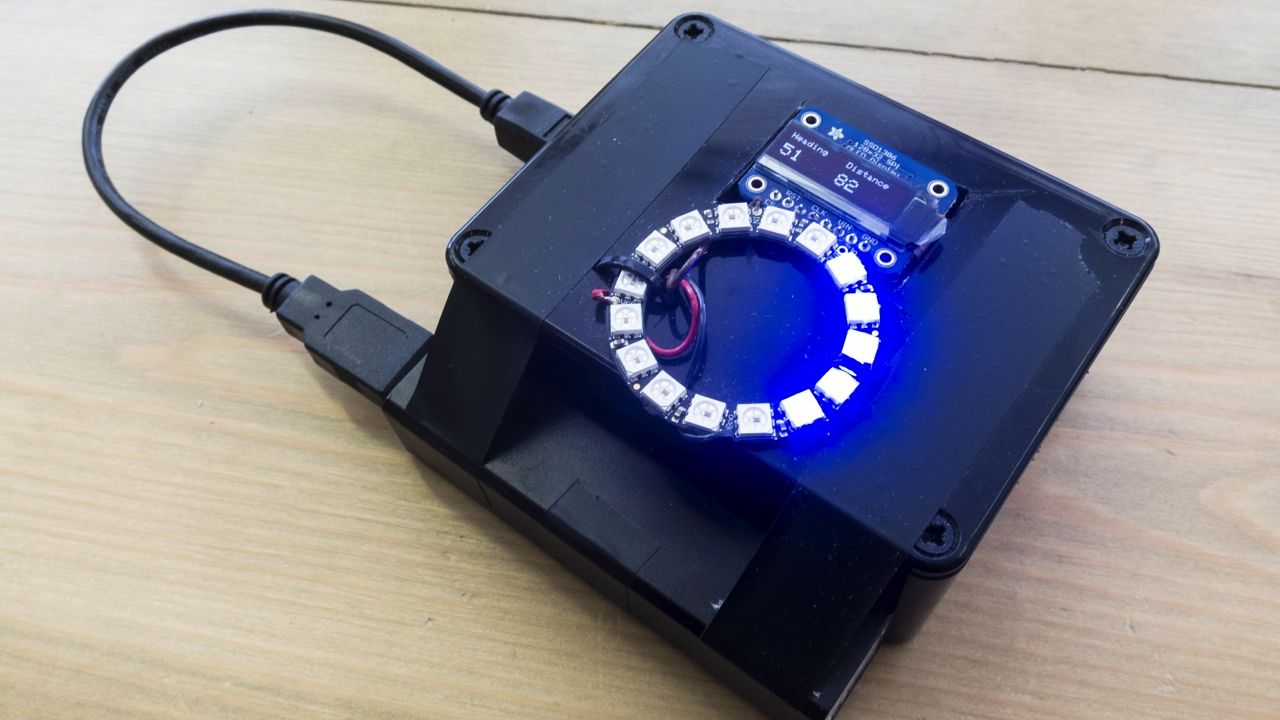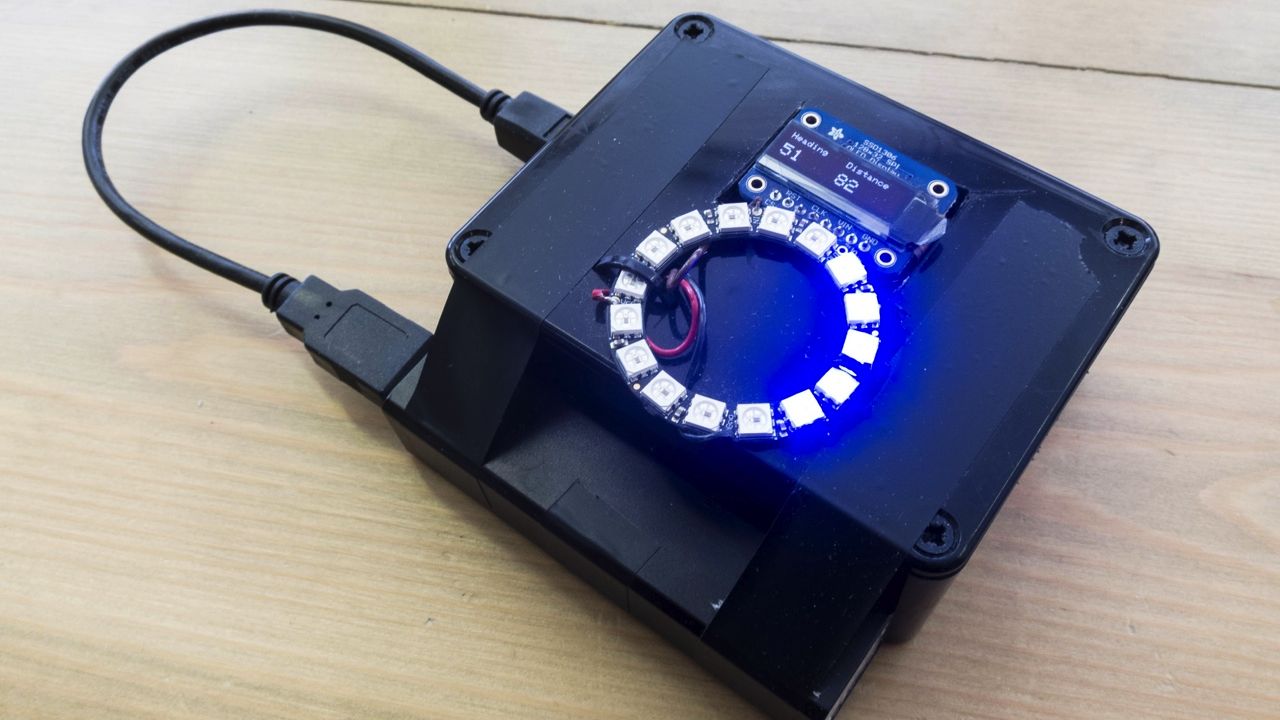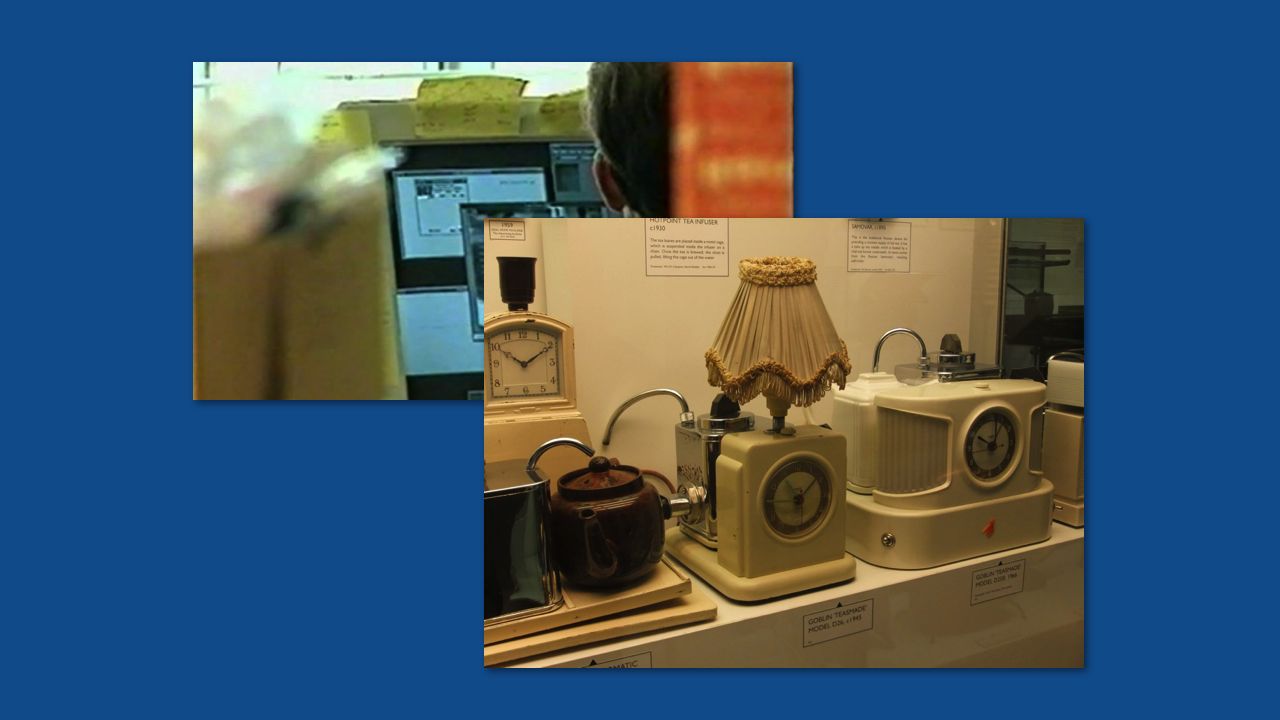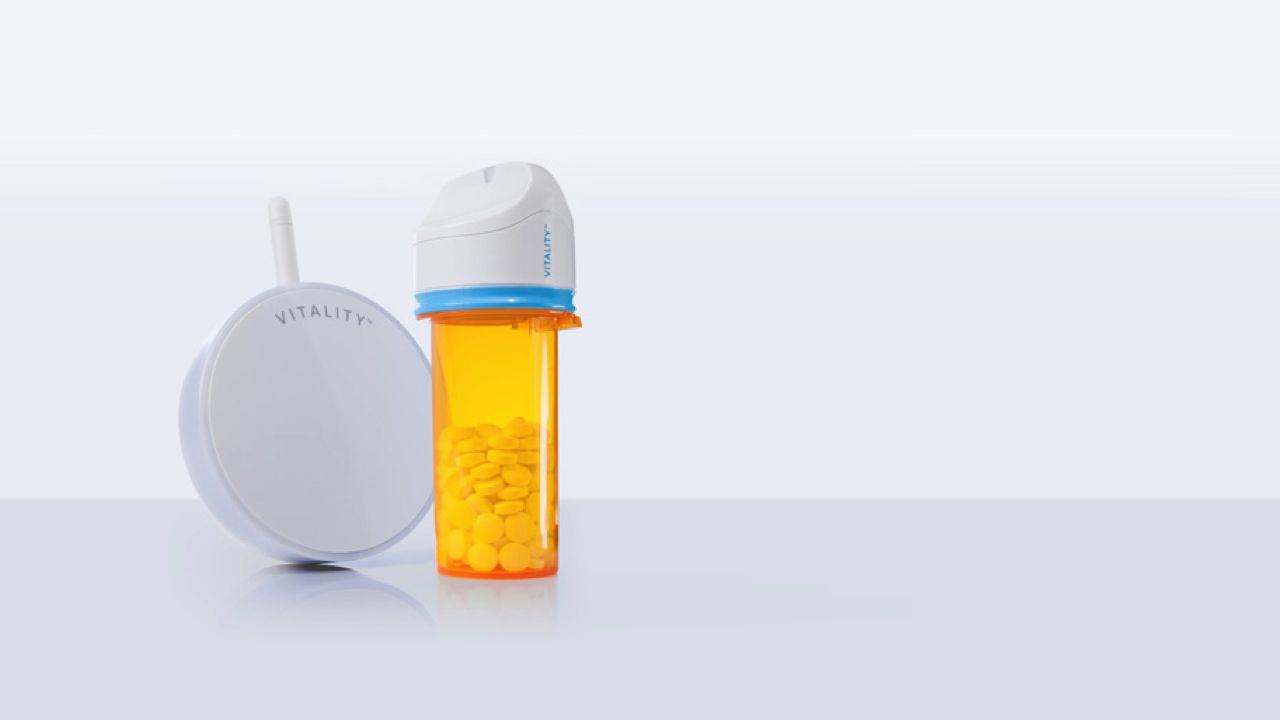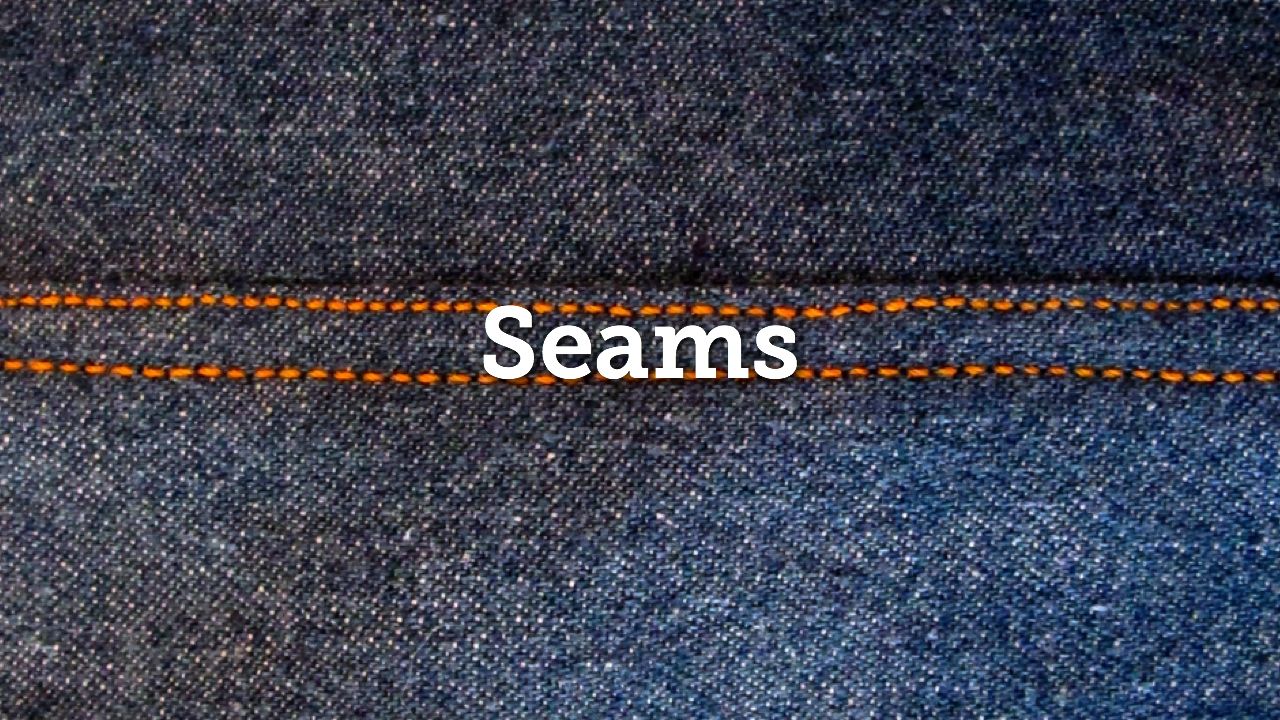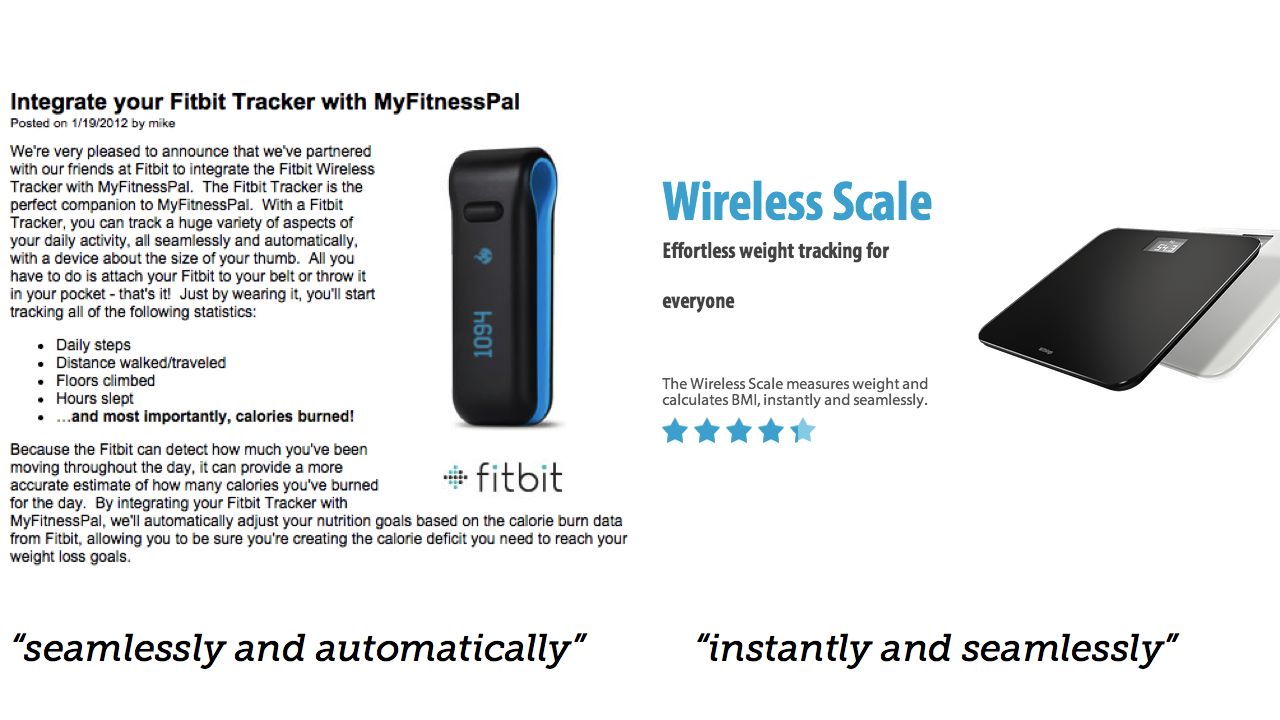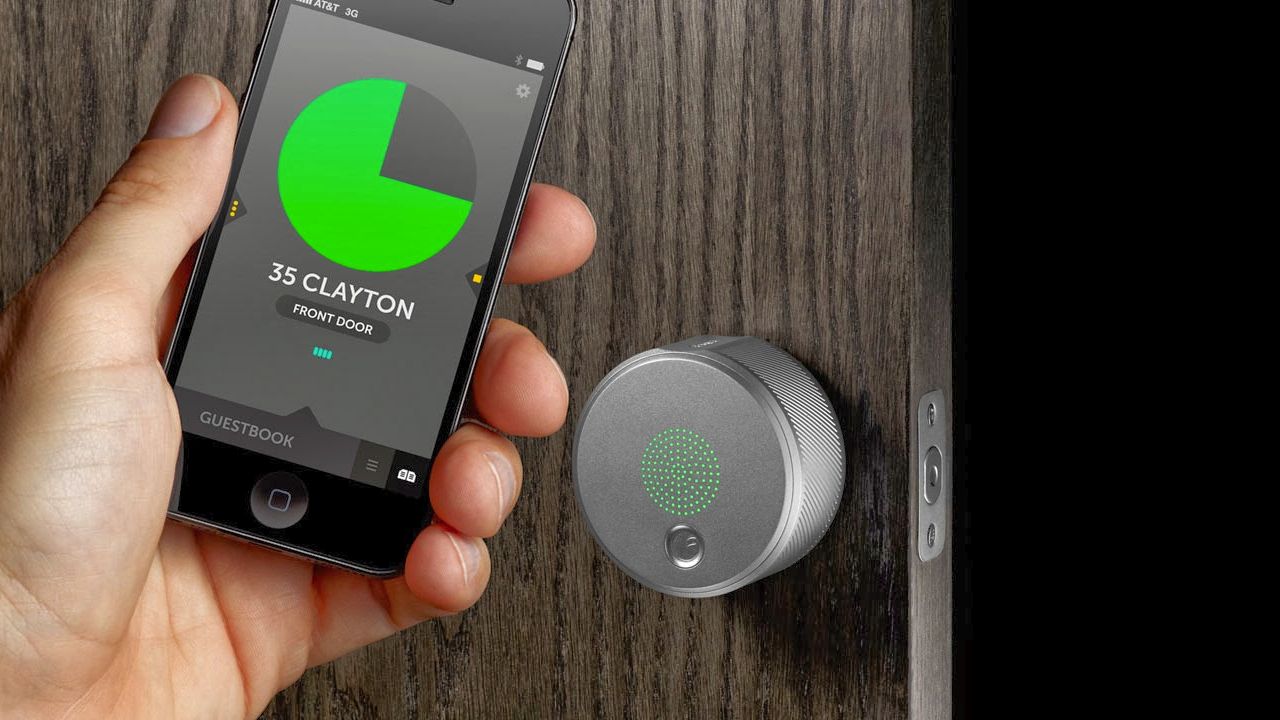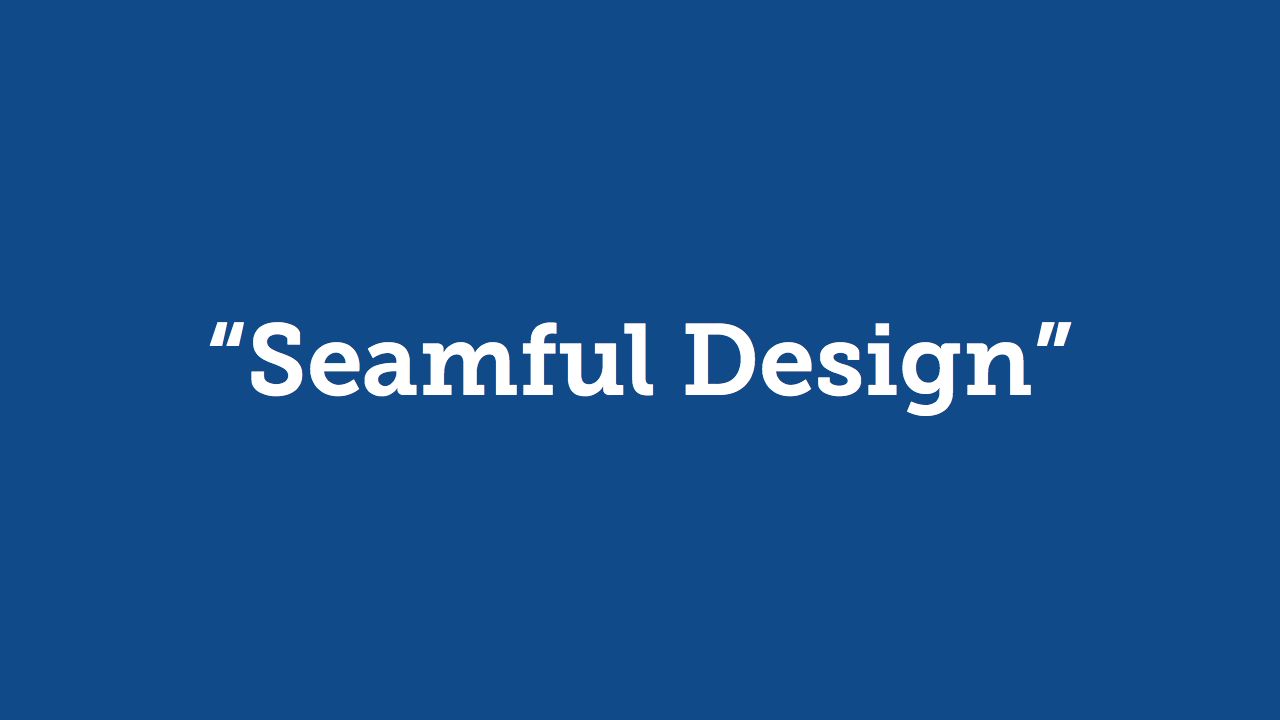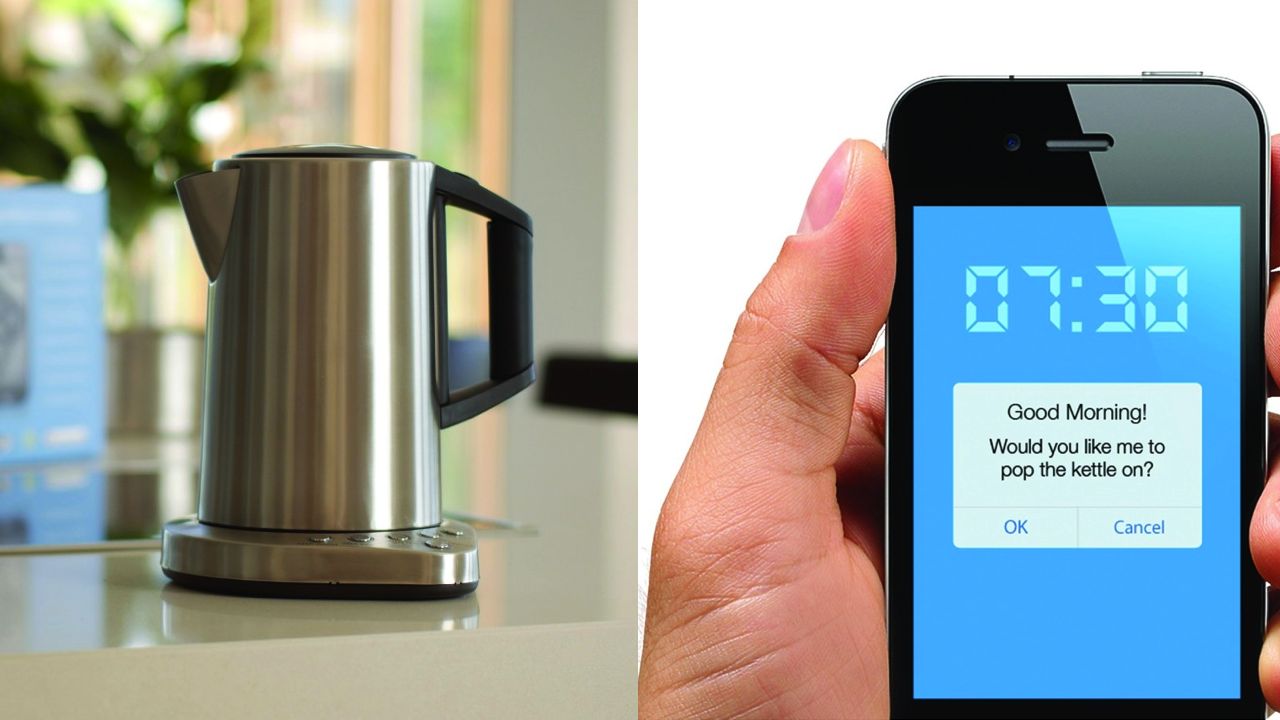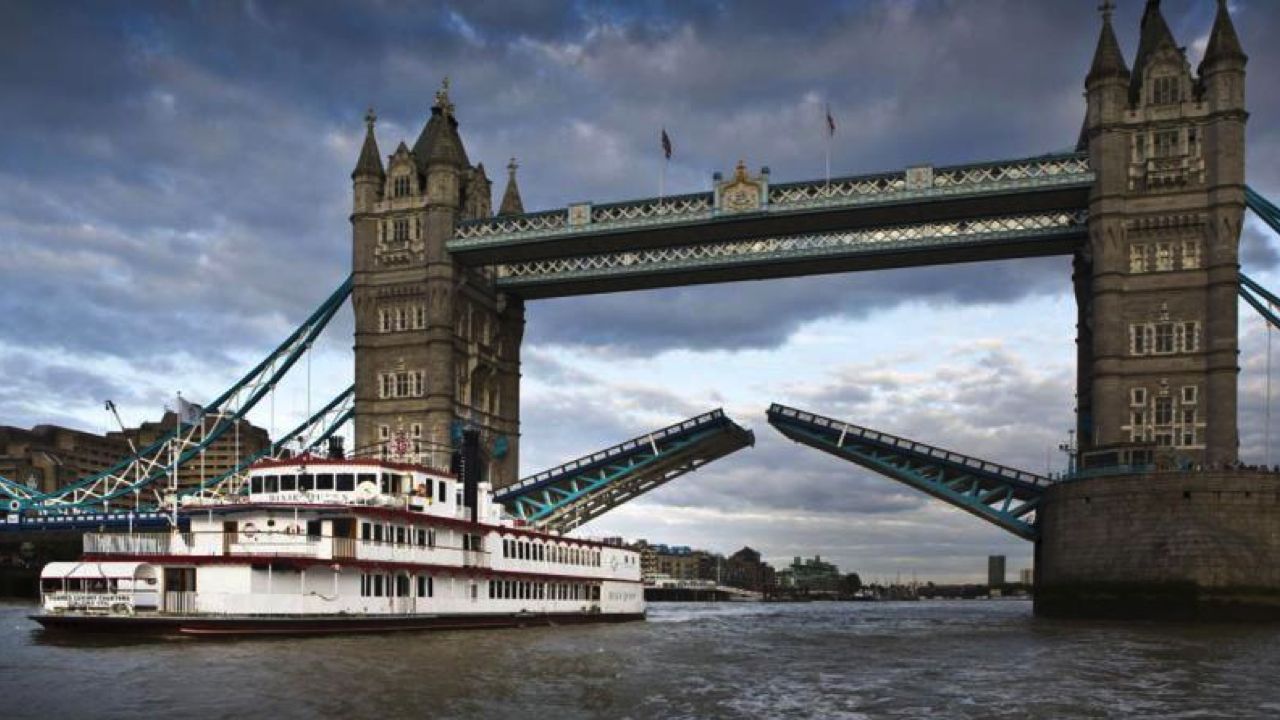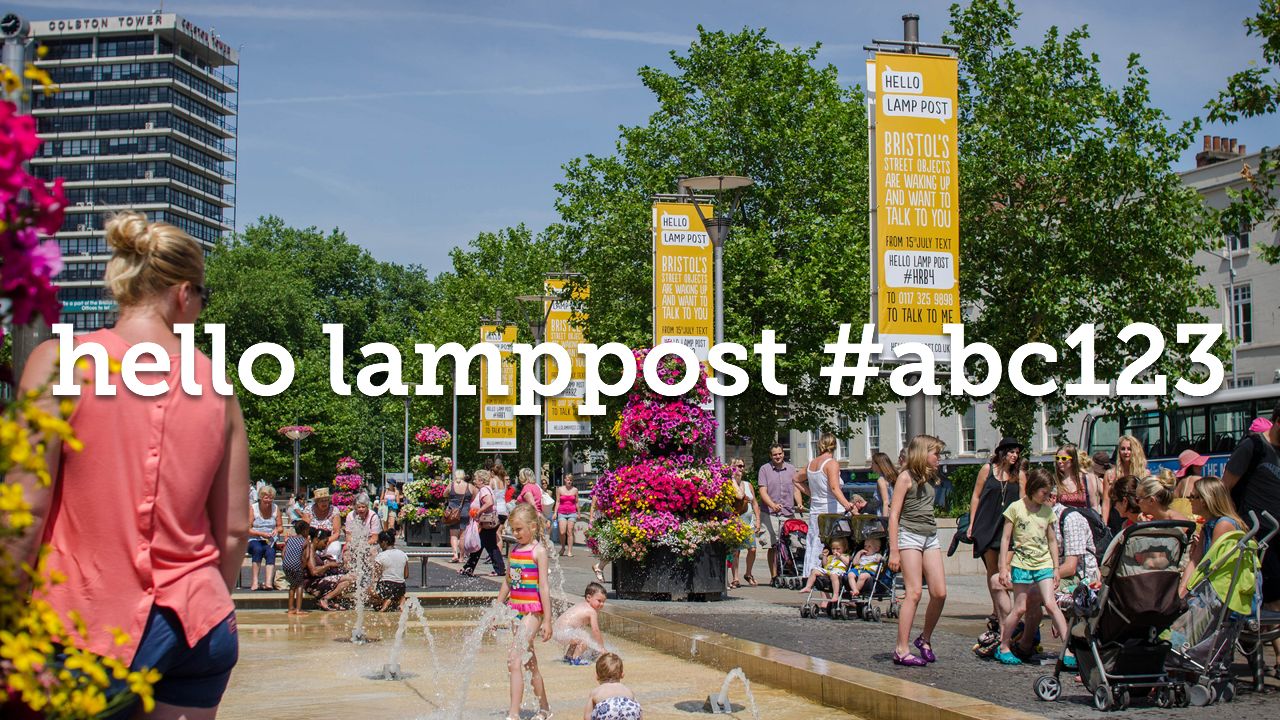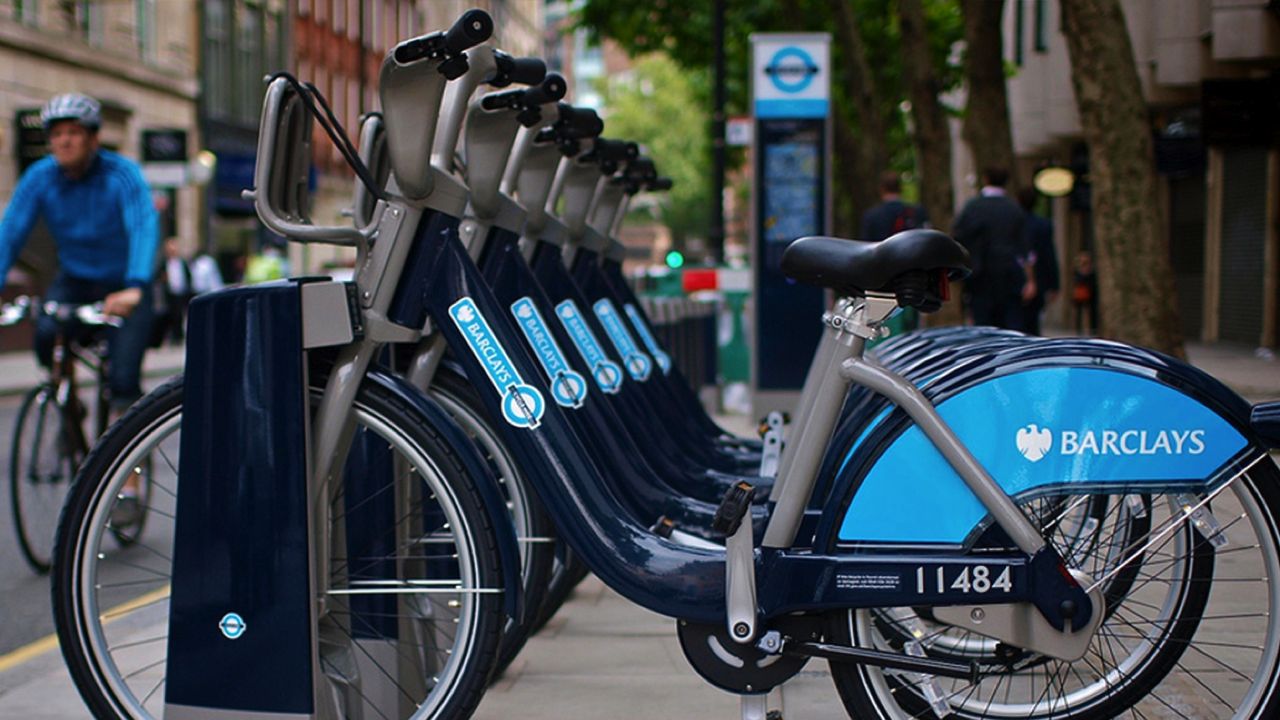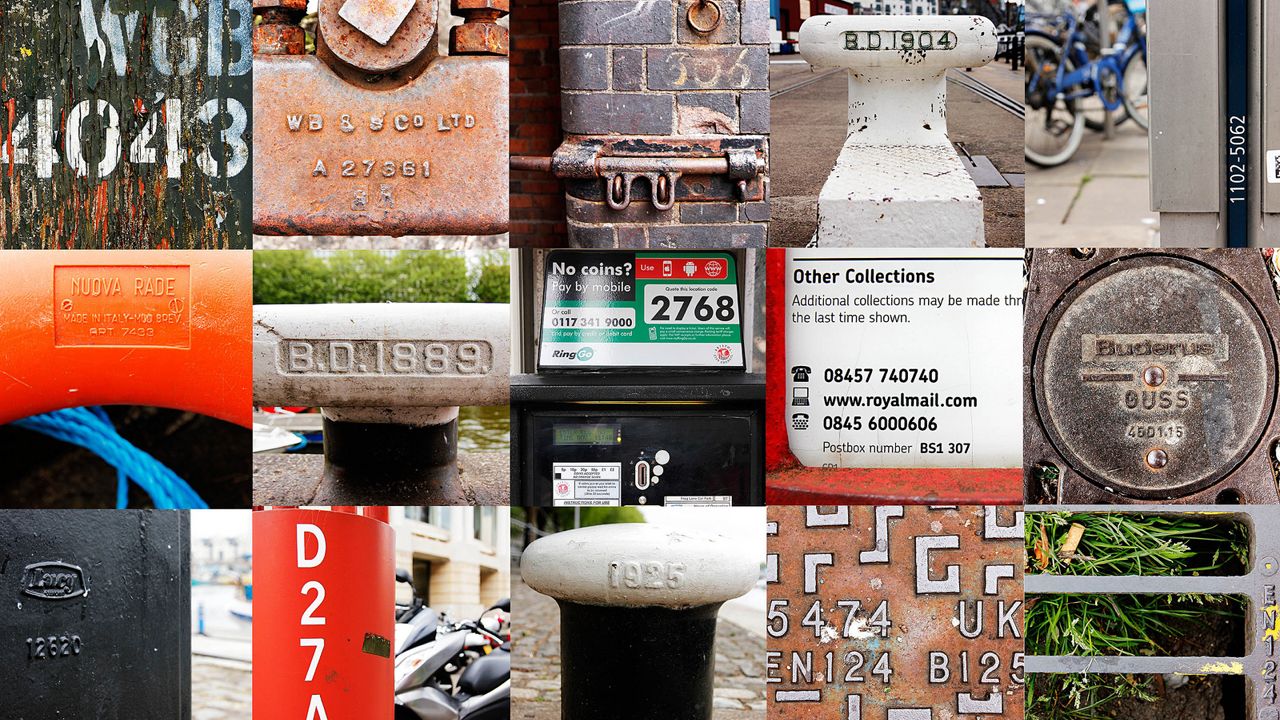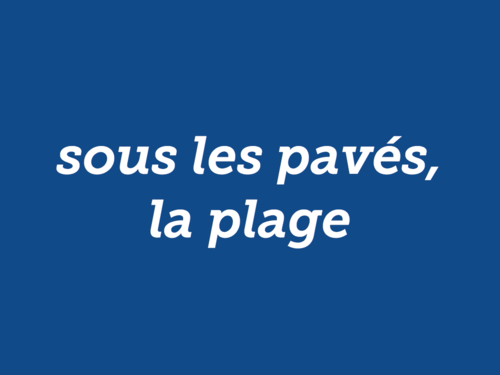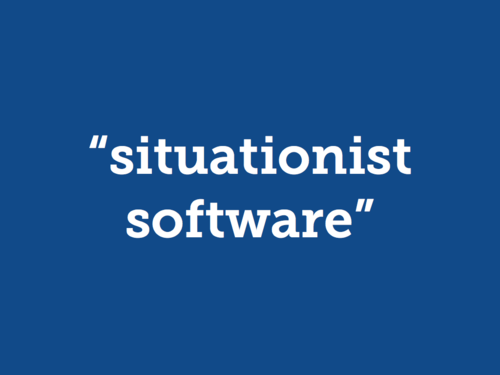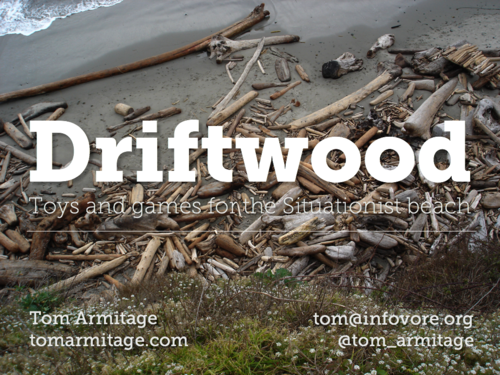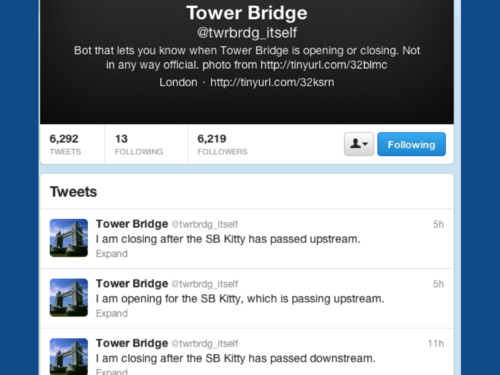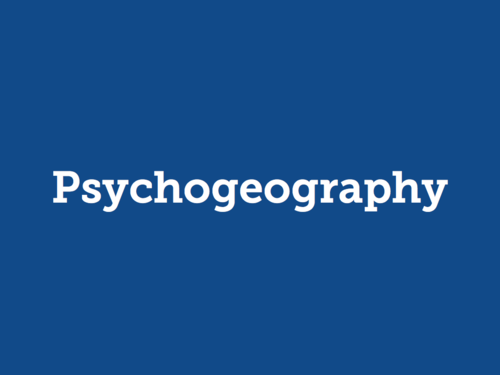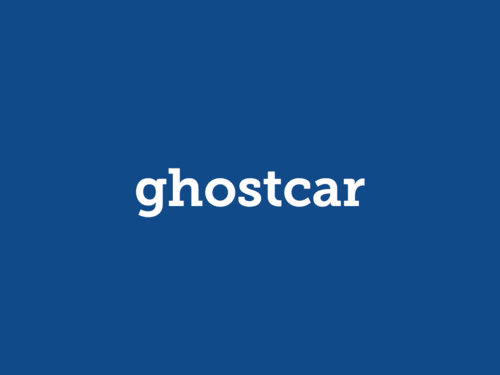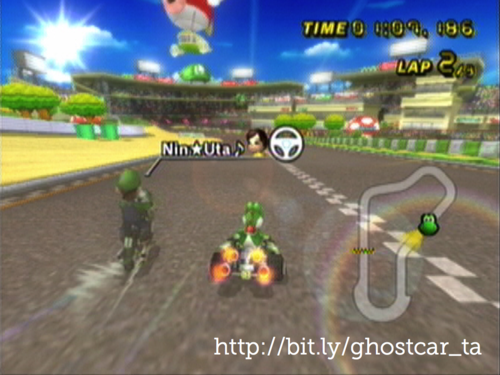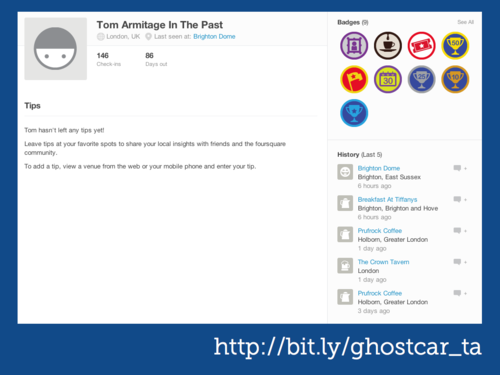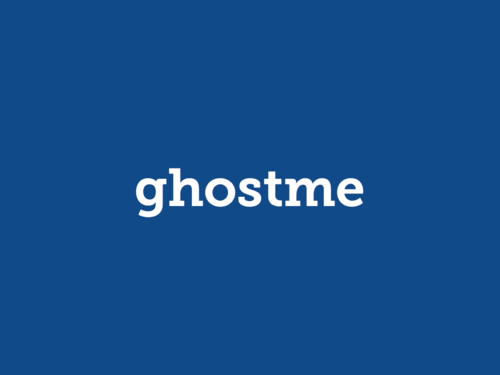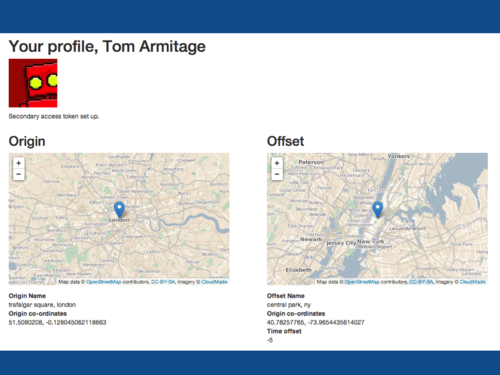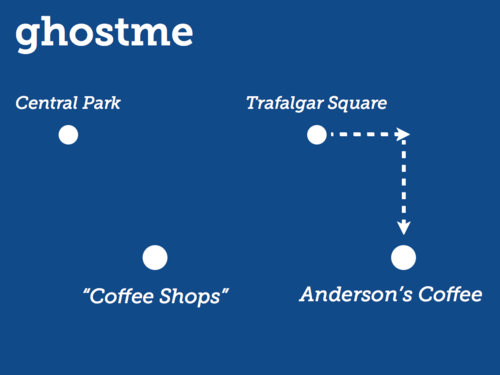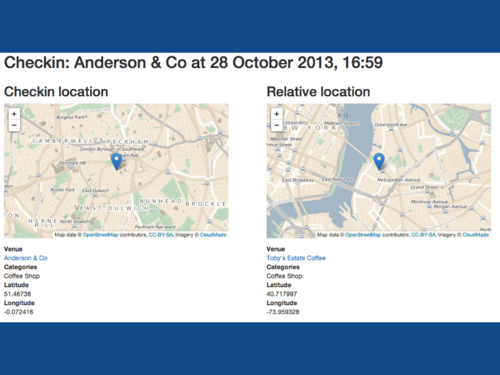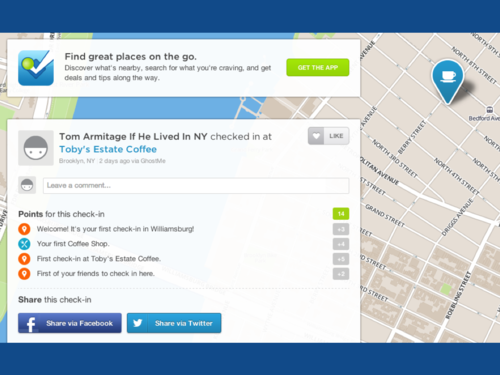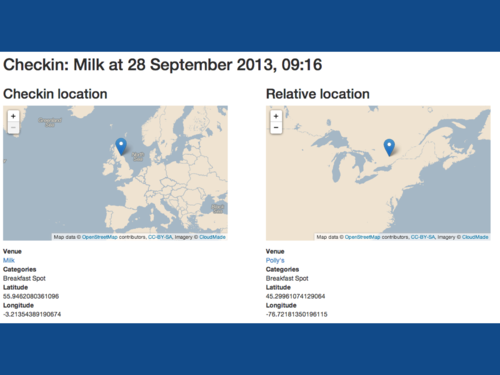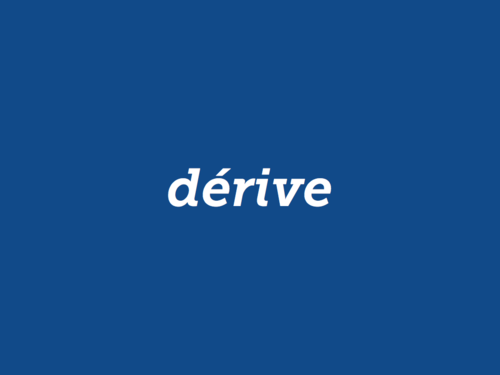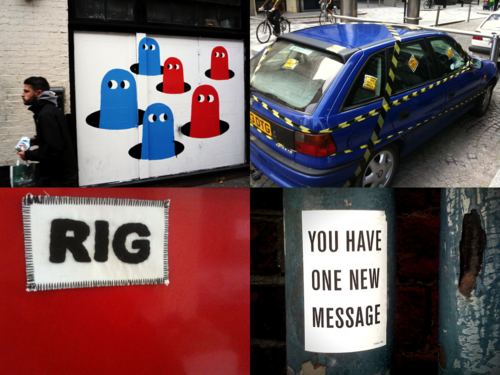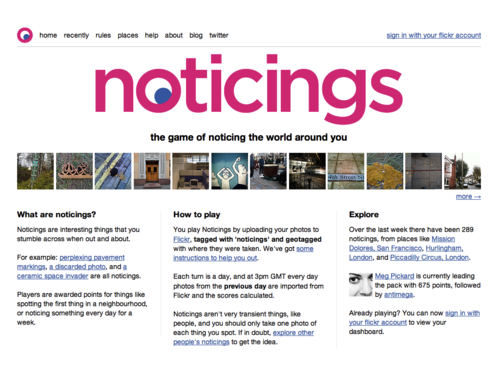Posts tagged as talks
Weeks 246-249
2 October 2017Week 246 and the majority of 247 were spent on holiday. Mid-week 247, I got back to work.
I shipped a new batch of Foxfield products to Thonk – 90 kits in total, to restock some that had sold out entirely and bolster the stock of other. That was a couple of days of bagging and wrangling shipping, at the end of Week 247 and early into week 248, but we got there!
I spent a handful of days in week 248 building out a small software utility for Sensible Object. In the end, slightly tighter timewise than I’d have liked, but we got the key features deployed and running in the time we had.
In week 249, I spent a day in Newcastle running an afternoon workshop on the digital landscape for filmmakers, on behalf of Northern Film + Media – half of it an extension of previous works about promoting and extending your projects online, half of it focused on technology as a material for artists to work with.
I spent some R&D time exploring working with a Silicon Labs Happy Gecko development board, porting a prototype based around Arduino to it. Why? Partly to get a feel for what more serious embedded development looks like; partly because the devtools are surprisingly alright (compared to some other offerings); partly because it offers perhaps a more practical route to market than ancient old Atmega chips. Slow progress, but not no progress – and exciting to see things come to life, as always.
And around all that I brought the big branch of Selworthy I’ve been working on into land. That’s involved some challenging code, and some particularly challenging rebases. But by the end of week 249, it was all lined up and ready to go. I’m looking forward to seeing that in the wild. Selworthy has also acquired a new front-end developer, who’s dragging some of my clunky front-end code kicking and screaming into 2017; it’s becoming more complex, also more organised as a result. More importantly, it’s already feeling better to an end user, and I think we’re going to reap some benefits from that.
Onwards!
Systems Literacy at The Whitechapel Gallery
25 January 2016This coming Saturday – the 31st January, 2016 – I’ll be in conversation at the Whitechapel Gallery with James Bridle and Georgina Voss about Systems Literacy. It’s a topic on I’ve spoken a few times, through the lens of design, games, and play, and I’m looking forward to our conversation:
Artist James Bridle brings together speakers across disciplines to discuss the theme of systems literacy, the emerging literacy of the 21st Century: namely the understanding that we inhabit a complex, dynamic world of constantly-shifting relationships, made explicit but not always explained by our technologies.
In the context of the exhibition Electronic Superhighway 2016-1966, which features Bridle’s work, the conversation explores how the ability to see, understand and navigate these systems and the related technology is key to artistic, social and political work in an electronic world.
MySociety Data Breakfast: Designing Data-Driven Products
10 December 2014I’m giving a talk at this week’s MySociety ‘Data Breakfast’:
Products, tools, and visualisations built on top of data aren’t just thrown together arbitrarily. They take a degree of thought and process to assemble.
This Data Breakfast will examine that process, looking at the forms data can be represented in, and the ways to explore and understand those forms, based on experience gained from real-world examples.
We’ll look at everything from data rendered as physical objects through to a data-gathering tool developed for journalists, and consider how best to build data-driven products.
The talk is called Spreadsheets and Weathervanes. It’s a free event, but there’s limited space, so you’ll need to sign up at Eventbrite. Perhaps see some of you there.
Some of these Things are not like the others
2 December 2014Some of these Things are not like the others was a a talk I gave at Web Directions South, in Sydney, in 2014. It's the last variation of a talk I've been developing over 2014, about connected objects and, specifically, about connected objects for shared and civic usage. I gave a version of this, entitled A Lamppost Is A Thing Too at Solid in the summer of 2014. This is the longest, most complete version of it, and so I've preserved it here, derived from the script I spoke from.
Weeks 107-109
25 November 2014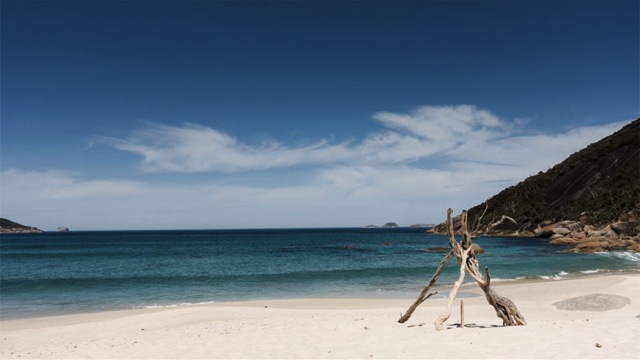
Weeks 107-109 were spent in Australia.
Firstly, at Web Directions South, delivering a talk about Connected Objects (specifically, how to think about designing them, how to learn lessons from them in the design of other things, and how to consider them as more than just objects for individual consumers to own). I think it went well; it’s probably the final refinement of a talk I’ve been iterating on the past year. I hope to get a transcript up of it before the year’s out, and there should also be a video to come.
Then, I took a vacation, because once you’re on the other side of the world, it seems churlish to head back after four days. That was pretty good. I returned in the middle of week 109, and spent the rest of it waiting for my bodyclock to return, too.
Making the City Playable, Wednesday 10th September, Bristol
3 September 2014I’m going to be talking at Watershed’s “Making The City Playable“ Conference next week.
I’m going to be speaking alongside Usman Haque and Katz Kiely in a session on Resilience, talking about a variety of the toys, tools and experiences I’ve built around cities and how they re-use and repurpose existing data, systems, and infrastructure. It should be a great event; say hello if you see me there.
Speaking at Web Directions South in October 2014
26 June 2014I’m pleased to announce that I’m going to be speaking at Web Directions South, in Sydney in October of this year.
My talk is called What Things Are:
If we’re going to talk about an Internet of Things, we should probably talk about what we mean when we say “thing”.
So often, when we talk about the “internet of things” it brings to mind images of consumer white goods with Ethernet sockets or Wifi antennas: thermostats; weighing scales; the apocryphal Internet Fridge.
But that’s a narrow way of thinking that’s perhaps unhelpful: whatever you may think of the term, an “Internet of Things” should embrace the diversity of Thingness.
So what happens when you think about the diversity of things that might be on the internet, and how they might behave? What about Things that people don’t necessarily own, but borrow, share, or inhabit? Through projects that connected bikes, bridges, and a whole city to the network, let’s think about What Things Are – and what they might be.
It’s a longer riff on A Lamppost Is A Thing Too, and is probably the final outing for that train of thought. I’m greatly looking forward to it – it’s a cracking lineup – and I’m flattered that WDS invited me. See you in Sydney in a few months!
Week 77
6 April 2014I spent Monday and Tuesday in Manchester, where I was speaking at FutureEverything. The talk seemed to go well, and the rest of the conference was very good indeed: lots of great talks and great people all in one space. I got home late, and quite tired, on Tuesday, but it had been a great couple of days.
After FutureEverything, it was a relatively quiet week.
I spent Wednesday afternoon helping a music charity I work with a little learning how to podcast. Or rather: helping them set things up so they could. That meant running over how to capture live recordings, setting up a Dropbox workflow where I could help them edit things, how to publish to WordPress, and how we could post content to iTunes as well. I’m going to continue this as a small side-project over the next few months, helping them with production and the technical aspects of publishing, but we covered a lot of ground and they were enthusiastic.
Friday was spent mentoring at the ODI’s Open Data in Practice course. This was my third ODIP course, and as ever, it was great to help the delegates bring some of the ideas to life on the final day, as well as to help them with their understanding of and ideas around Open Data.
Week 77 brought a very hectic March to an end. April should be more peaceful: a couple of workshops, but time also to take some personal days, and focus on the project where I’m the client that have been neglected. I’m looking forward to those.
In Manchester for FutureEverything
31 March 2014A quick reminder – I’m in Manchester for the next two days for FutureEverything. I’m speaking on Tuesday as part of a session called The New Shape of Things, along with Dan Williams and Alexandra Deschamps-Sonsino. It should be a great panel – and, from the looks of the rest of the conference, a great two days.
If you want to get in touch, do say hello if you see me!
Random String: Footnotes
7 March 2014Quickly, because I’m between talks – I thought it’d be worth collating a list of projects mentioned in my talk at Random String, just in case you were in the audience and missed them (credited when not mine):
Richard Hamilton – Five Tyres
Rachel Whiteread – Monument
Jack Schulze & Timo Arnall – Immaterials: The Ghost In The Field
Julian Oliver – Transparency Grenade
and, as a bonus, because I had to cut it from the talk but it’s a remarkable work:Caleb Larsen – A Tool To Deceive And Slaughter
Full talk perhaps online soon – when I get a minute!
Speaking at FutureEverything, Manchester
2 March 2014I’m going to be speaking at FutureEverything in Manchester. I’m talking on the second day – the 1st of April – of the conference proper, as part of a panel on The New Shape of Things with Alexandra Deschamps-Sonsino and Dan Williams.
My angle is going to be along the lines of “What We Mean When We Say Thing“. Like it or not, the phrase “Internet of Things” has a degree of traction – but I’d like to explore what a Thing can be, and especially think about Things going beyond White Goods With Ethernet Sockets. It’s a logical through-line from some recent work, and there’s a chance I might have a new short demonstration. (A chance.)
It’ll be good to present this in the context of the other panelists, and I think the whole session should be great.
It looks like a great line-up for the whole event, and if you’re in Manchester at the end of March, do say hello.
Speaking at Solid 2014
22 February 2014I’m going to be speaking at Solid in San Francisco, May 21-22. (That also means I’m in San Francisco from about the 19th of May – drop me a line if you’d like to meet up).
My talk is called A Lamppost Is A Thing Too:
“Connected Object” brings to mind white consumer goods with an Ethernet sockets or Wifi antennas. But that’s a narrow way of thinking that’s perhaps unhelpful: whatever you may think of the term, an “Internet of Things” should embrace the diversity of Thingness.
Perhaps a better model for understanding what connected objects can and could be is the furniture of a city. It’s public, shared, and represents a relationship not only with an object but with services or infrastructure. Connected Objects aren’t just going to be devices we own: they’re going to be public objects we share. And they can’t just work with bespoke apps for niche smartphones: public Connected Objects will need to be far more democratic in their technology choices.
So: a bit about Things; a bit about Hello Lamppost, and how it’s not just a charming/playful art project; a bit about what Things can be, and on Connected Civic Objects. Perhaps a new demo of work in progress. It looks like a great lineup: perhaps see you there.
Speaking at Random String
6 February 2014I’m going to be speaking at the Random String Symposium on March 7th, in Coventry. There, I’ll be talking about Technology as an Artist’s Material:
Here’s an idea: technology – technologies – are not only tools. They are also materials. To make art with a material, we need to be conversant in it, aware of its capabilities. And these new materials are not all tactile, physical; the materials of the digital world are as much immaterials.
How do we develop that familiarity? How do we understand the grain of a material that we may not be able to feel? How can we sketch in technology?
Let’s explore, briefly, what technology can be when considered as an artist’s material.
It’s familiar territory if you’ve seen me speaking about materials or sketching, but it’s a new talk aimed at a slightly different audience – it’ll be nice to talk about practice in the artistic space, and perhaps use some different points of reference to normal. Regardless: looking forward to it. The full schedule is on Lanyrd.
Driftwood
13 November 2013Driftwood is a talk I gave at Playark 2013. It was meant to be a talk about leftovers (the theme of the conference being 'reclaim'), and about Hello Lamp Post. In the writing, it turned into a broader overview of my own work – on six years of projects around cities and play. I was quite pleased with how it turned out, and wanted to share it on the web. (This is a roughly edited version of the script I spoke from).<p> <a href="https://vimeo.com/85435067">A video recording of the talk is also available.</a> </p></p>Talking at Playark 2013
24 October 2013On the 1st November, I’m going to be talking at Playark 2013. It’s a new talk, called Driftwood:
A talk about making new things out of things that already exist. And not necessarily the most beautiful or advanced, but mining the readily-available and slightly out-of-date for new surfaces, platforms, and materials to design with.
It’s going to touch on Hello Lamp Post, and Noticings, and a few other toys I’ve been making that are beginning to fall under an umbrella I’m describing as situationist software. It should be weird and interesting, touching on ways of making both games and not-games. See you there, if you’re about!
The Material World
20 September 2013My talk from Webdagene was filmed, and the videos are now all online; you can watch it above. It’s about the process of material exploration for designers.
The modern designer works with more materials than ever before. Not just tangible materials, such as the web, or desktop software, or the smartphone; also, intangible ‘immaterials’ such as data, time, radio, and the network.
To design well with materials, be they tangible or not, we need to be conversant in them, acutely aware of their capabilities. How do we develop that familiarity?
Rest assured: the slides displayed fine on the day; however, the stream slightly skewed the aspect ratio and lowered the image quality considerably; apologies to everyone whose material is not quite as pristine as it should be – it definitely was at the event.
In Brighton, 5th-7th September
4 September 2013A quick note to say I’ll be in Brighton for a couple of days: firstly, decloaking Sore as a preview at Improving Reality; then, attending dConstruct in the audience. If you’re at both and want to say hello, you’d be very welcome to.
Week 43
17 August 2013Two main focuses for week 43.
Firstly, Sore. This week focused on packaging Sore up into its final chassis. That had two distinct phases.
On Monday, I built the final electronics board for it. This took the two boards I’d been prototyping with – one for breaking out high-current power to both a pair of wires and micro-USB, and one handling all the IO – and consolidate them onto a single board, with carefuly layout and breaking out lots of things to headers, so that they’re easily removable. I’ve learned my lesson before about hard-wiring too much.
Then, on Tuesday, I started drilling the front-panel to the plans I’d made in Illustrator. I’ve said it before: boxes will chew you up. Cutting plastic feels very final – there’s no way to revert to an old commit, so to speak. So the day was spent carefully measuring, drilling, cutting and filing – and hopefully not disturbing my studio-mates too much.
It took about as long as I’d expected, but at the end of the day, we had real progress: a sealed unit, which works simply by plugging it into the mains and flicking the switch on the front. Sore has gone from a tangle of cables, components and software on my desk, to a thing. Soon, I’ll be able to talk about what that thing is.
The rest of the week took a different talk: working on a new talk, which I’ll be delivering at Webdagene, and also in prototype form next week at LDNIA.
The writing process is often particularly hard work. The output is usually good, but making new things – and making them well – is always painful, and I spent much of the week pushing the words through the garlic press of my brain and onto the page. Once they’re on the page, I can manipulate and structure and edit, but until then, there’s nothing else to do. So that was my focus: get the draft out. It took a while to build up velocity, but appeared to be taking shape towards the end of the week, leaving the beginning of next week to hone it into a performable, visual talk.
I should note: I write my talks longhand, pretty much. It sounds like a lot of work, but I find it helps me structure them much better, not to mention stopping me running away with myself, telling punchlines too early, and so forth. Structure’s really important to me, when it comes to writing, and longhand makes it much easier to structure plot beats. My secret weapon when it comes to structure is a lot of blank playing cards.
Anyhow: soldering, drilling, writing this week; equal parts mental and manual effort. Pretty satisfying.
I’ll be giving a short lunchtime lecture at the Open Data Institute on Friday October 4th, 2013.
It’s a talk I’ve given a few times, but never in public, called Spreadsheets and Weathervanes. It’s a short talk about the process of designing and making products and tools. What are the forms that data can be materialized in, and how do you go about working with data as a material?
(Or, put more simply: it’s about the various types of data-visualisation I’ve worked on over the years and some lessons learned in that time).
Tickets are free; you’ll need to sign up at Eventbrite.
LDNIA, 21st August 2013: “The Material World”
31 July 2013I’m going to be speaking at LDNIA in August. The talk’s called The Material World, and is a prototype – or “radio edit”, if you like – of my forthcoming talk at Webdagene:
The modern designer works with more materials than ever before. Not just tangible materials, such as the web, or desktop software, or the smartphone; also, intangible ‘immaterials’ such as data, time, radio, and the network.
To design well with materials, be they tangible or not, we need to be conversant in them, acutely aware of their capabilities. How do we develop that familiarity?
Through a process of material exploration. Not just reading the documentation or making a few drawings – but feeling their grain under your fingernails. To understand the nature of materials, you can’t just look at them. You have to play with them. Tom will, through some of his own work, look at what materials are (and can be); the value of material exploration, and how to approach it; and the value of playing with materials – the value of toymaking.
Tickets are usually quite limited, but are available now. If you’re coming, it’ll be great to see you.
